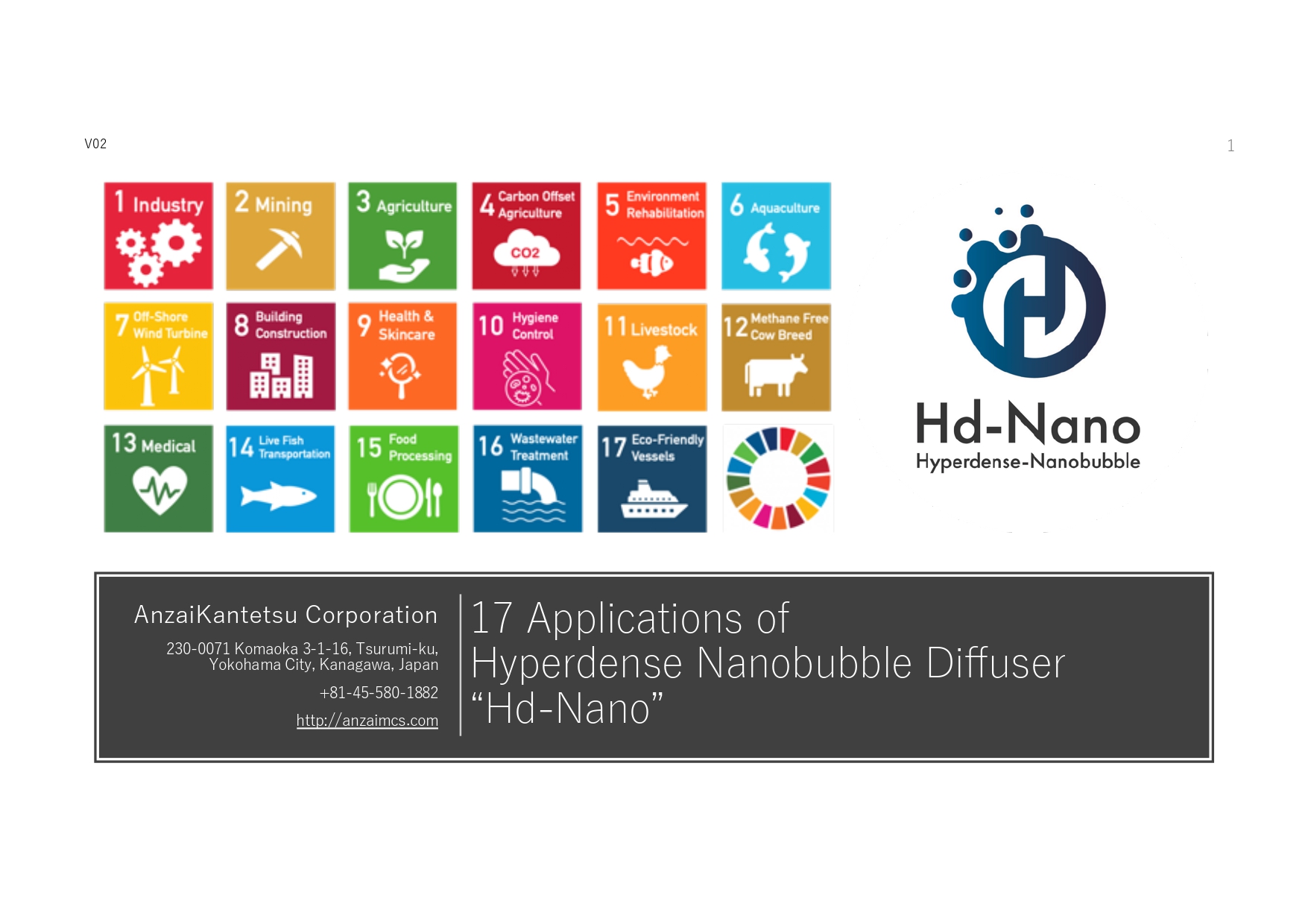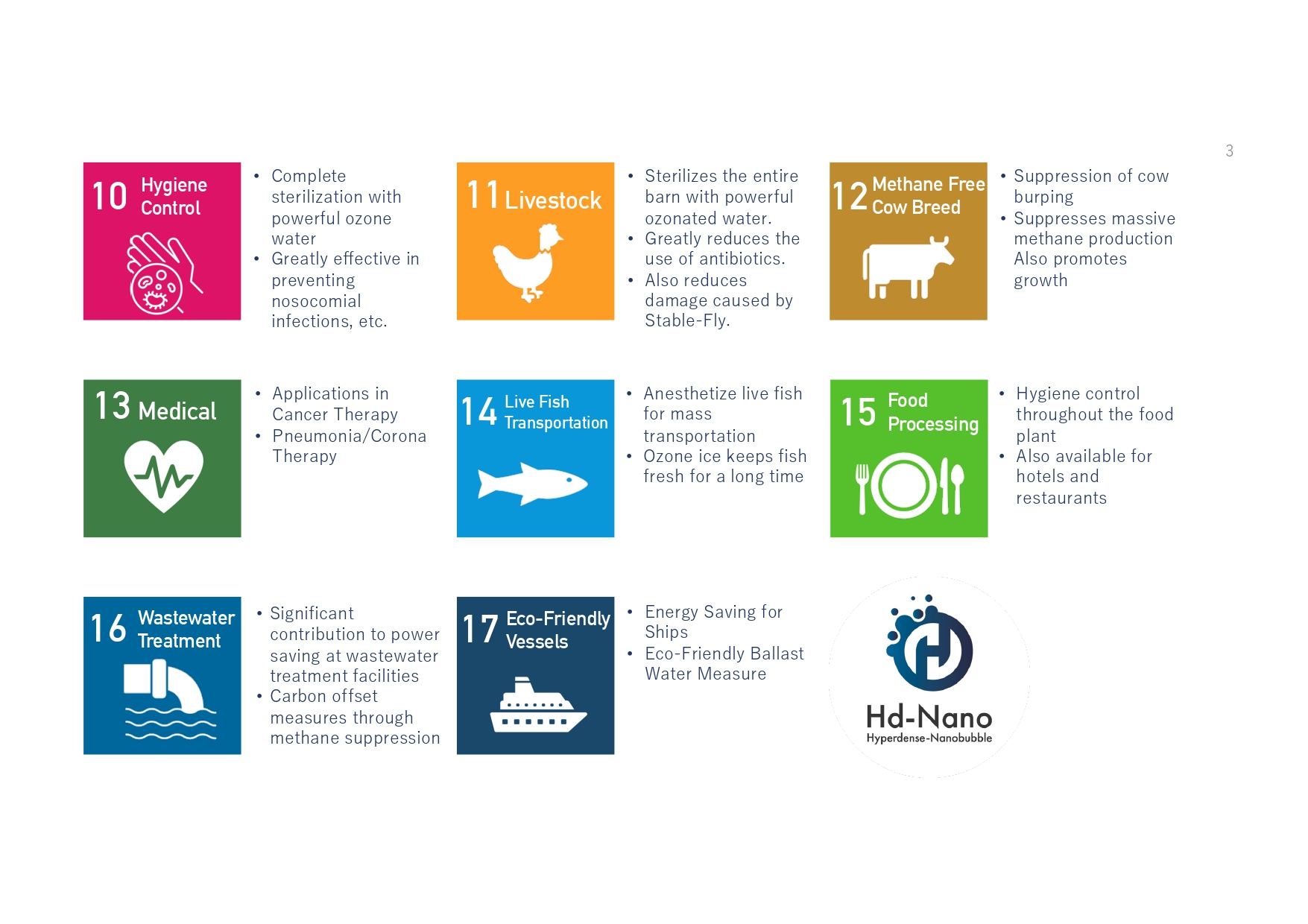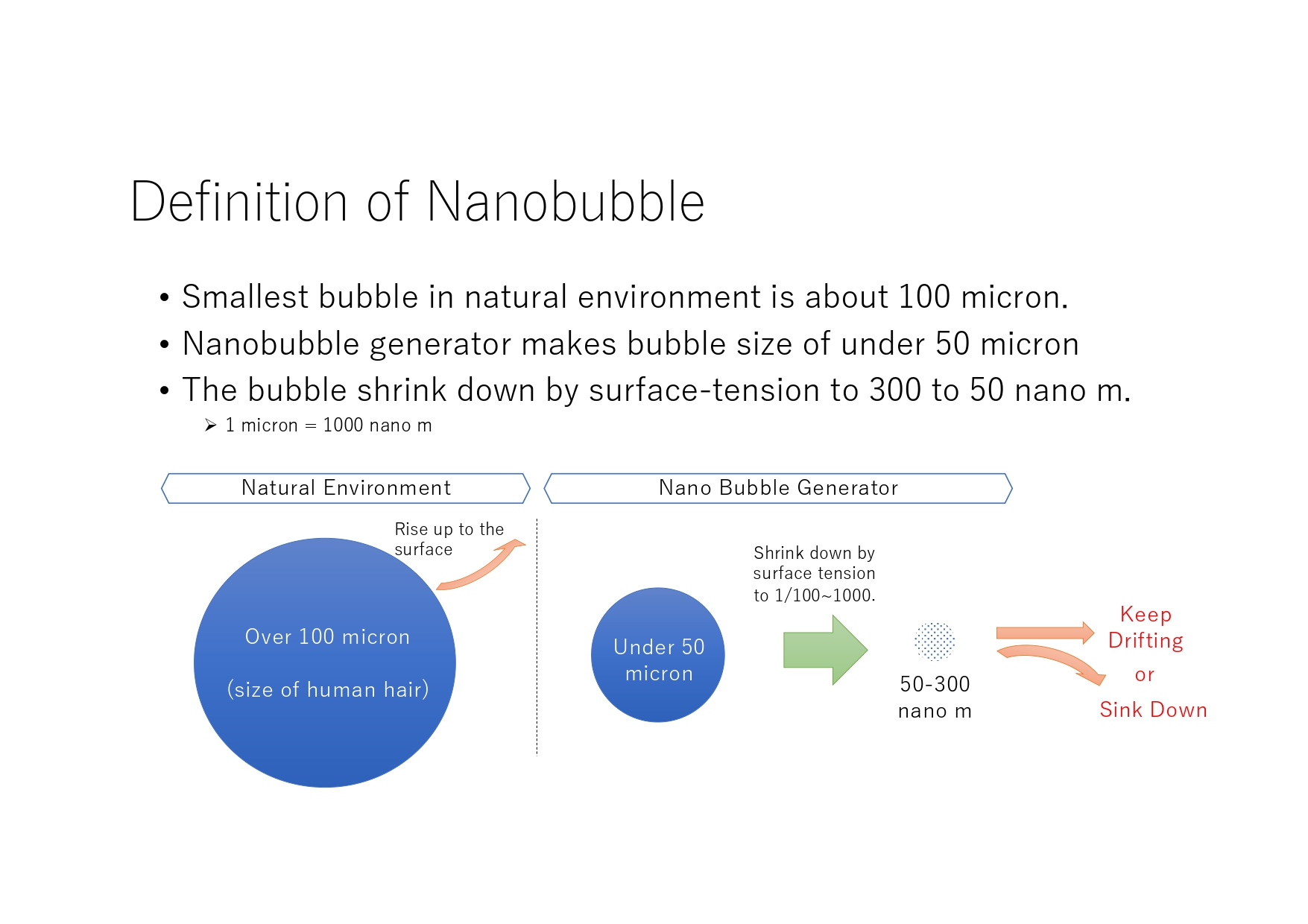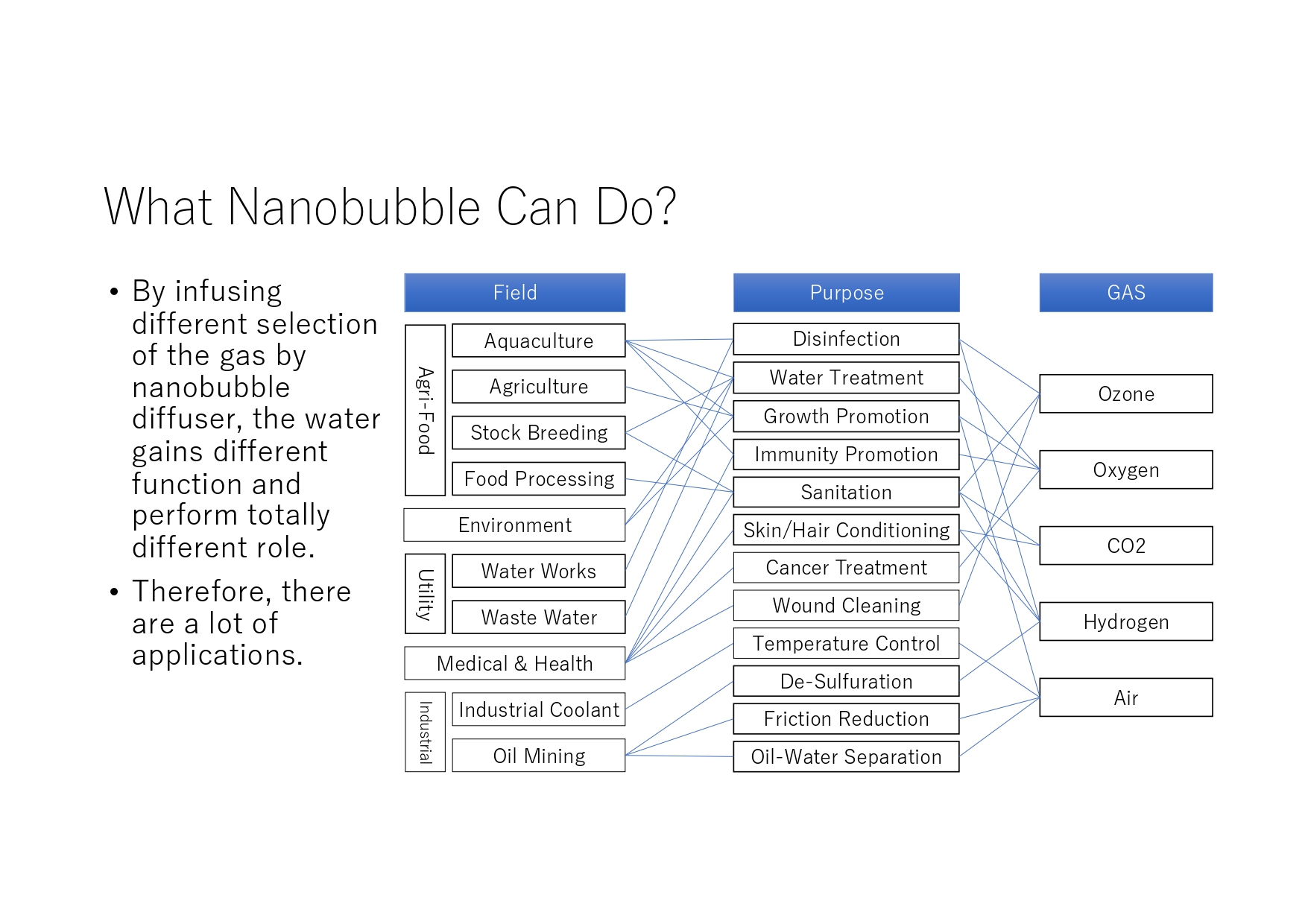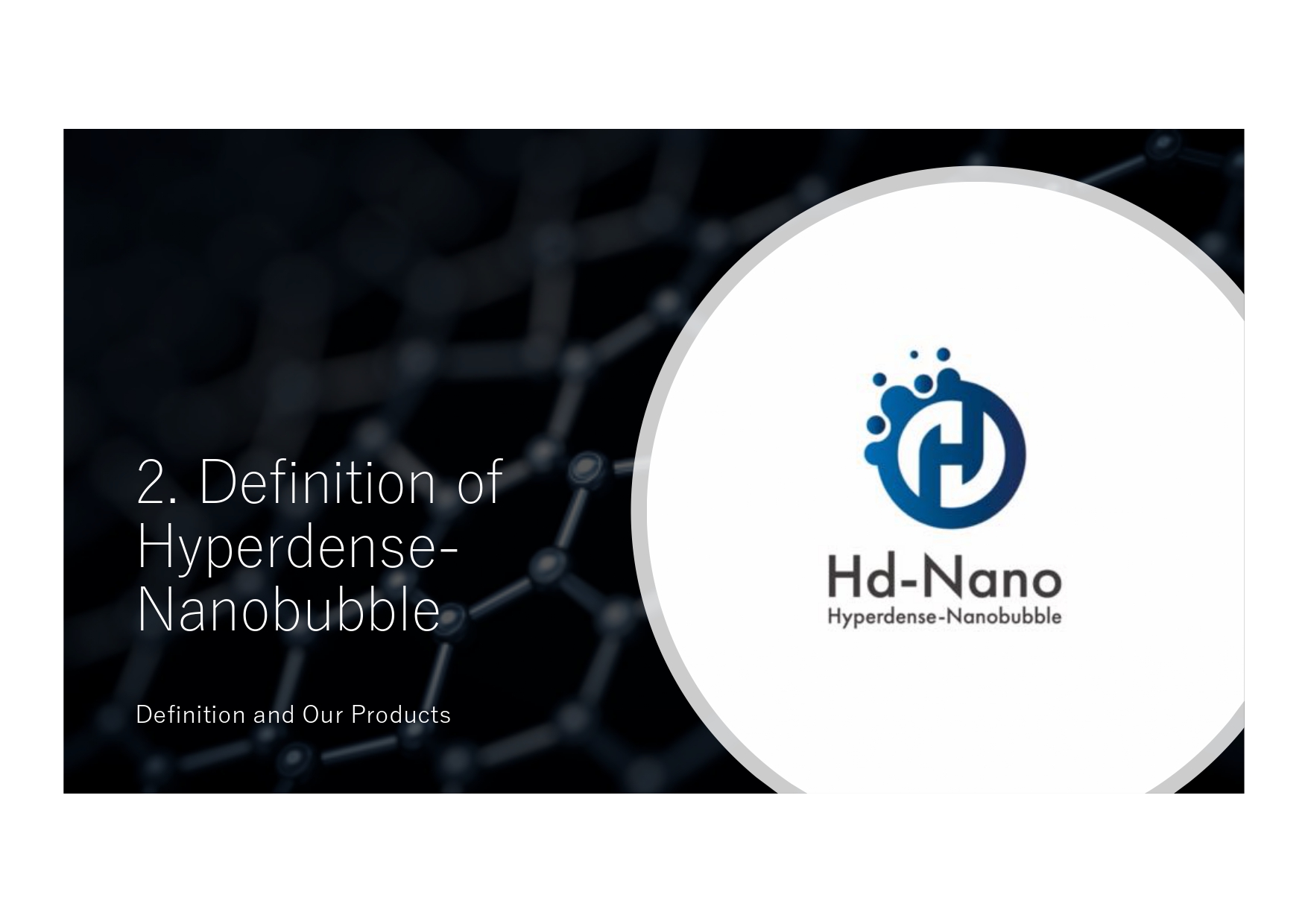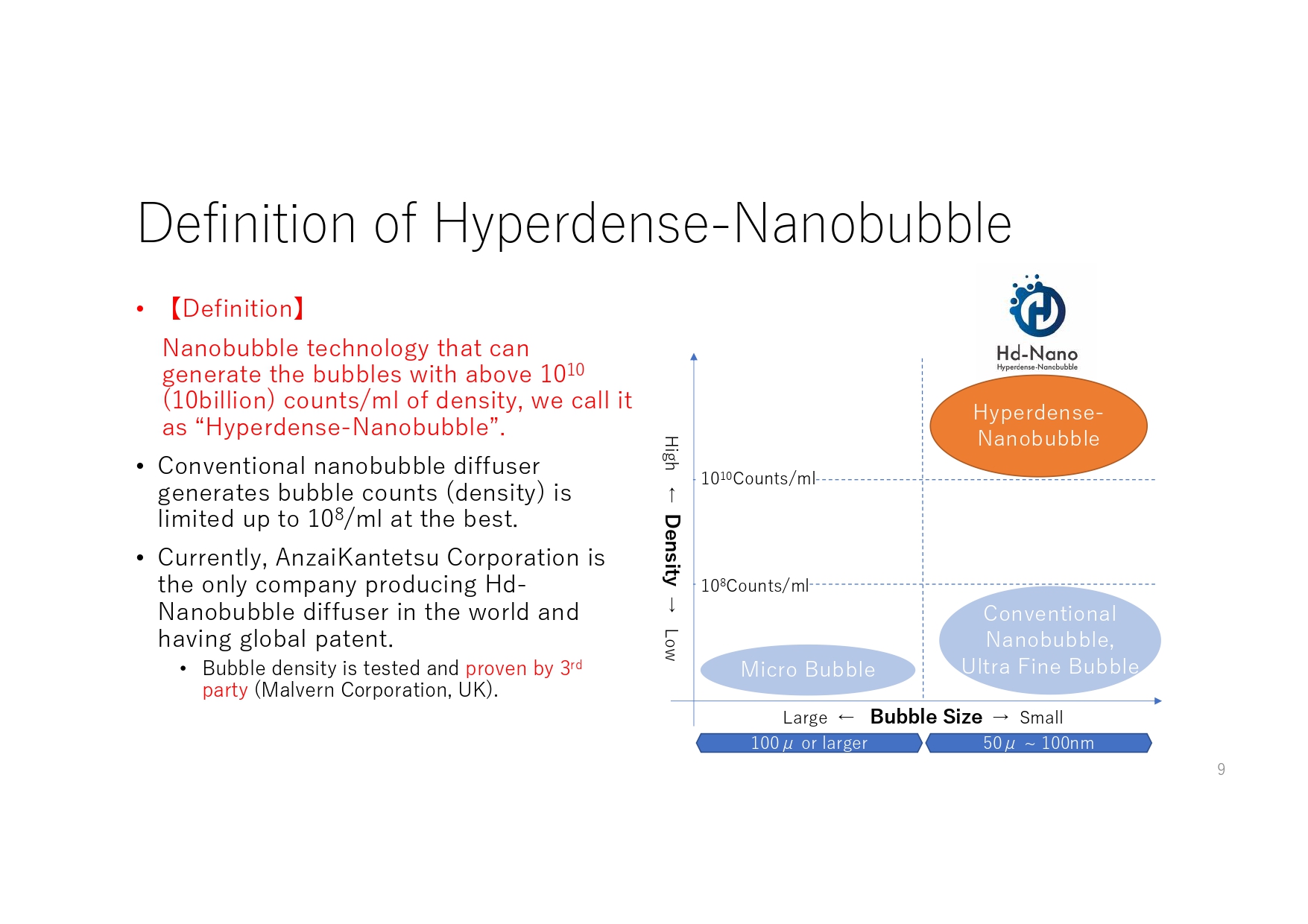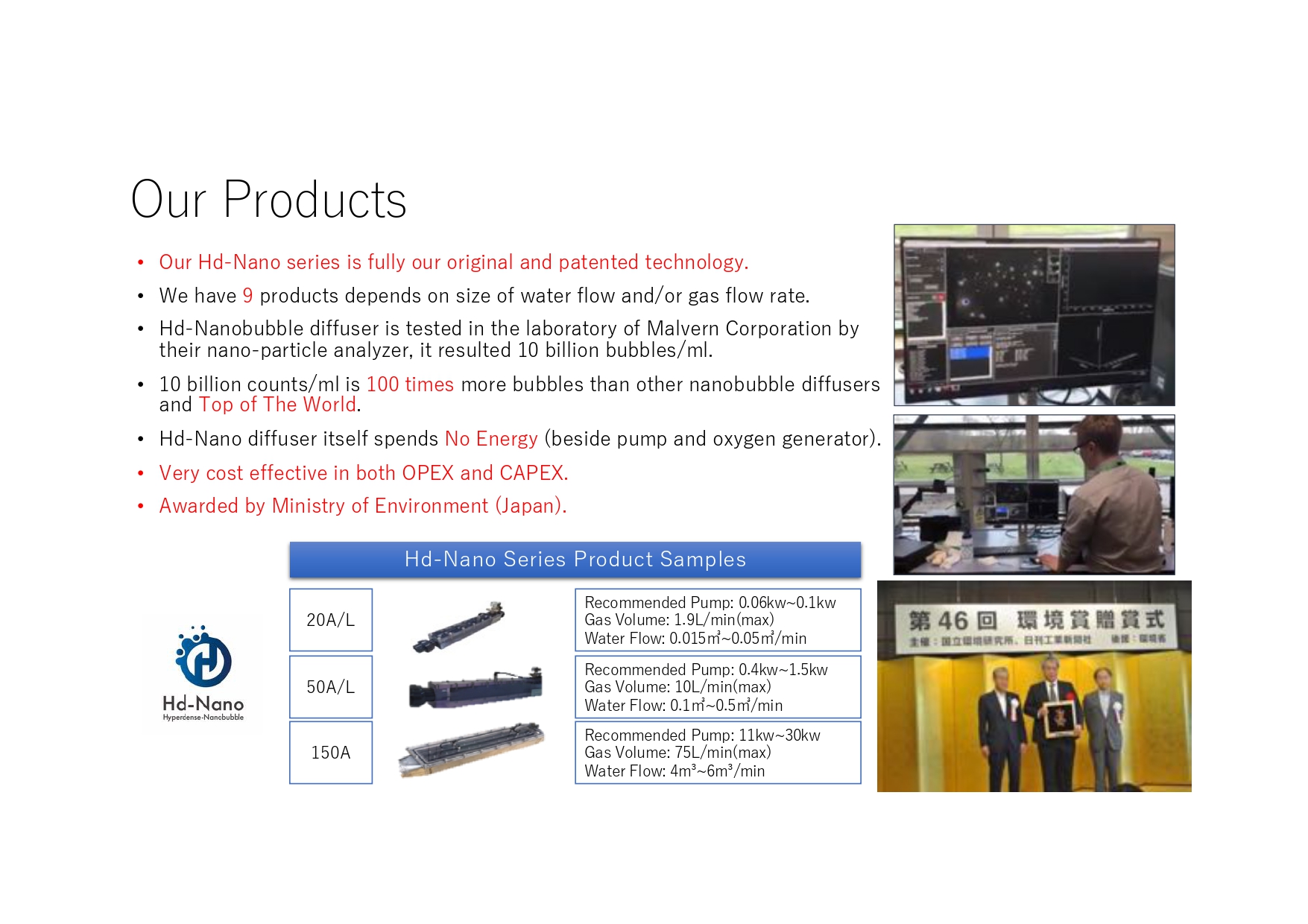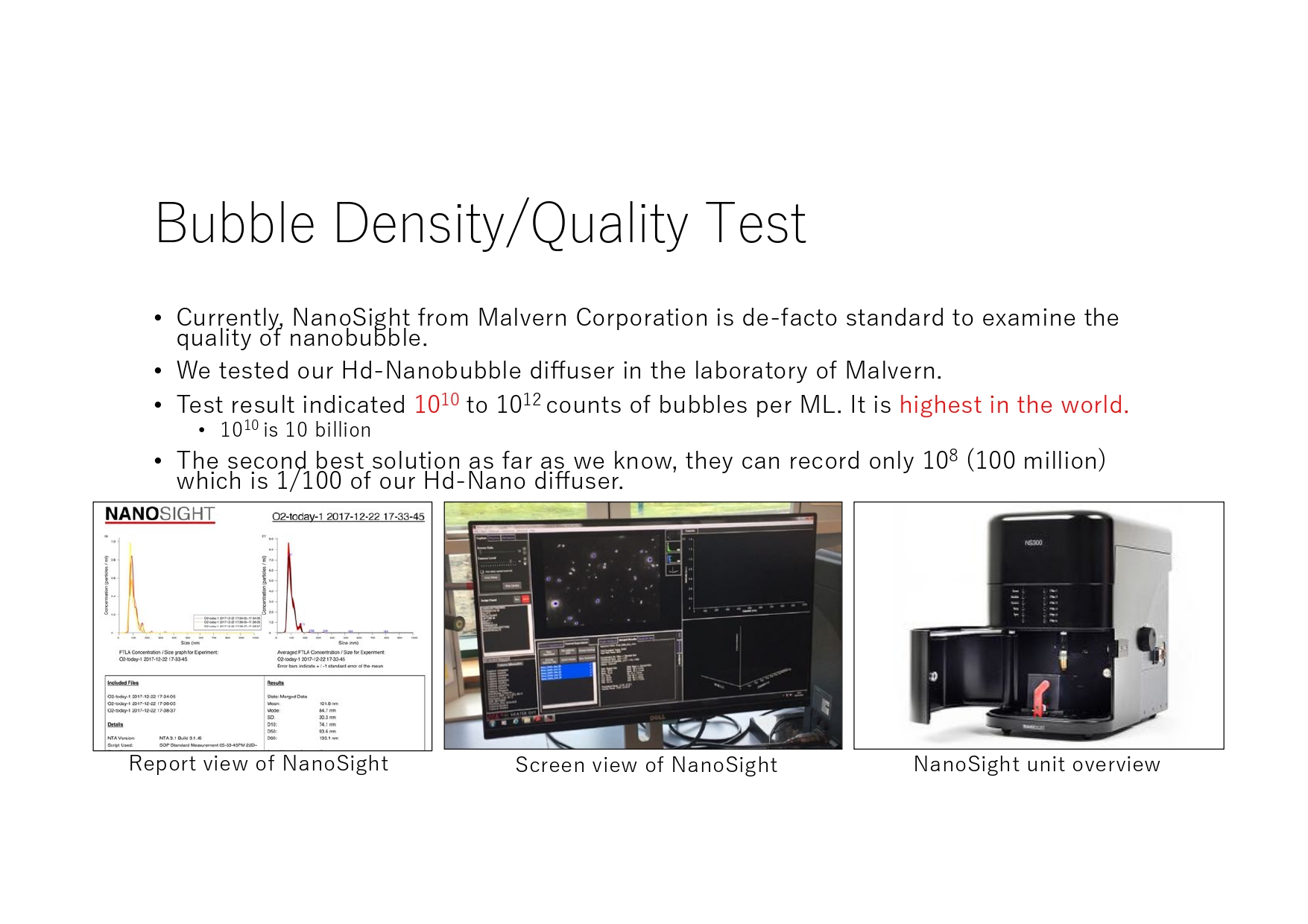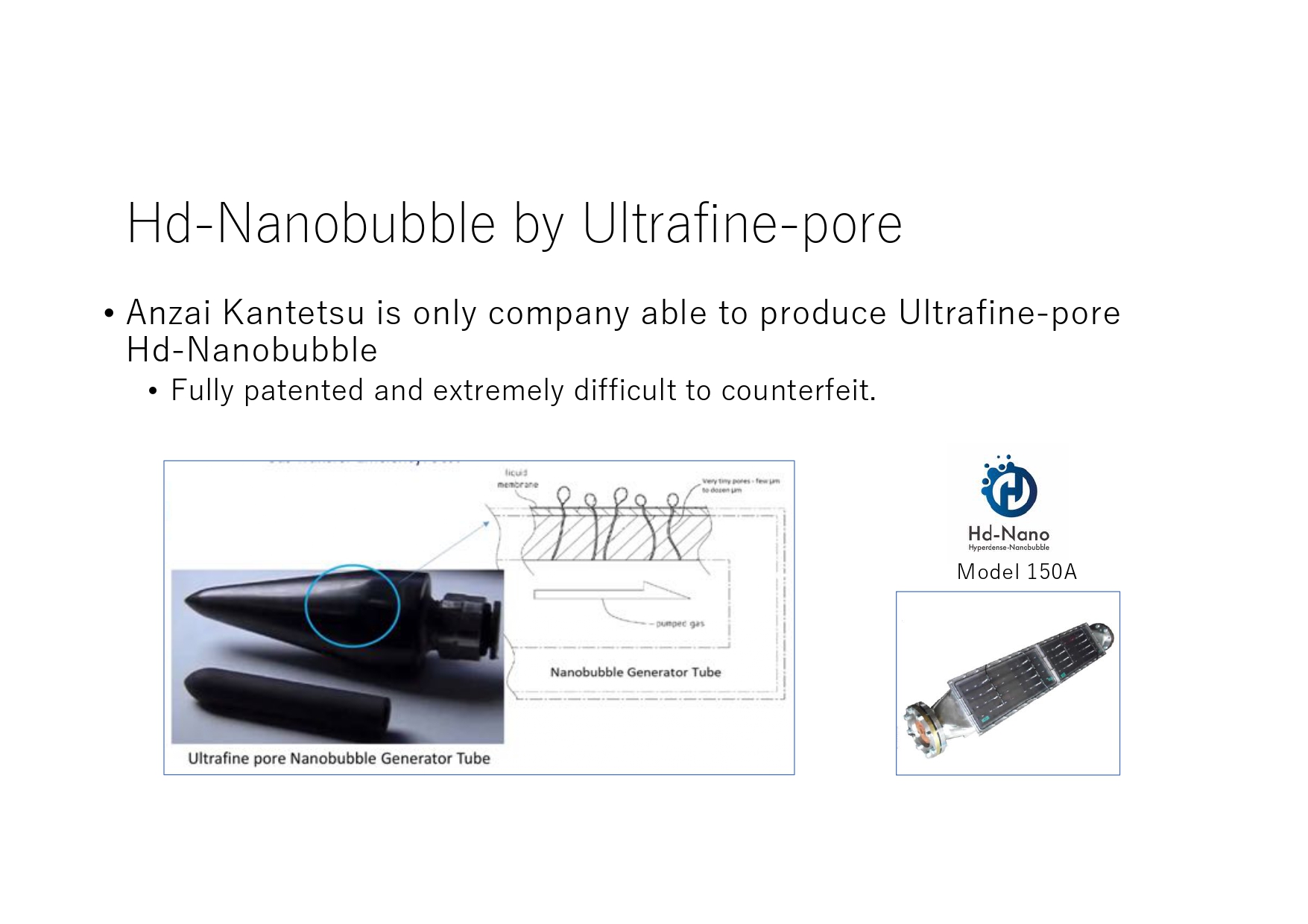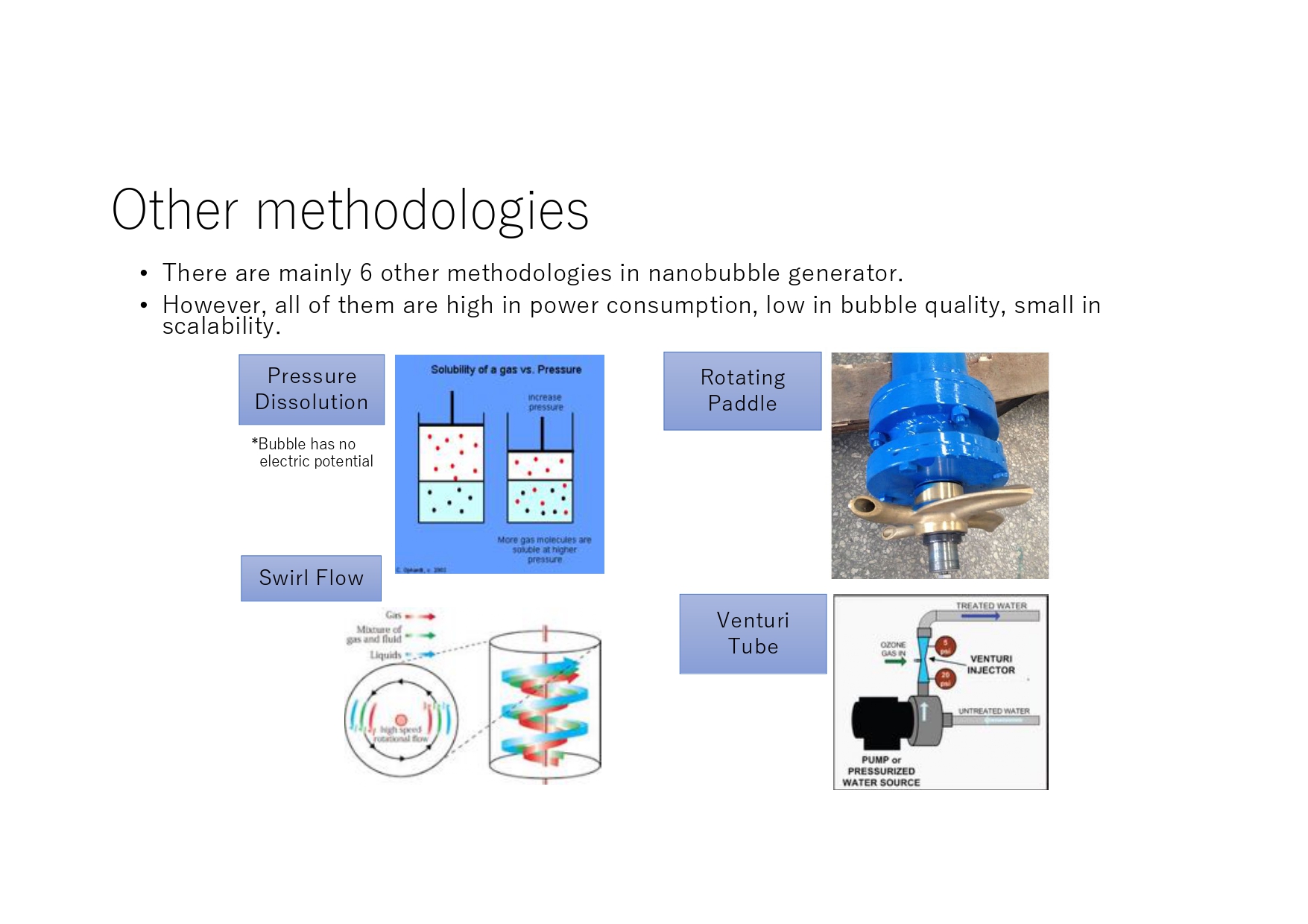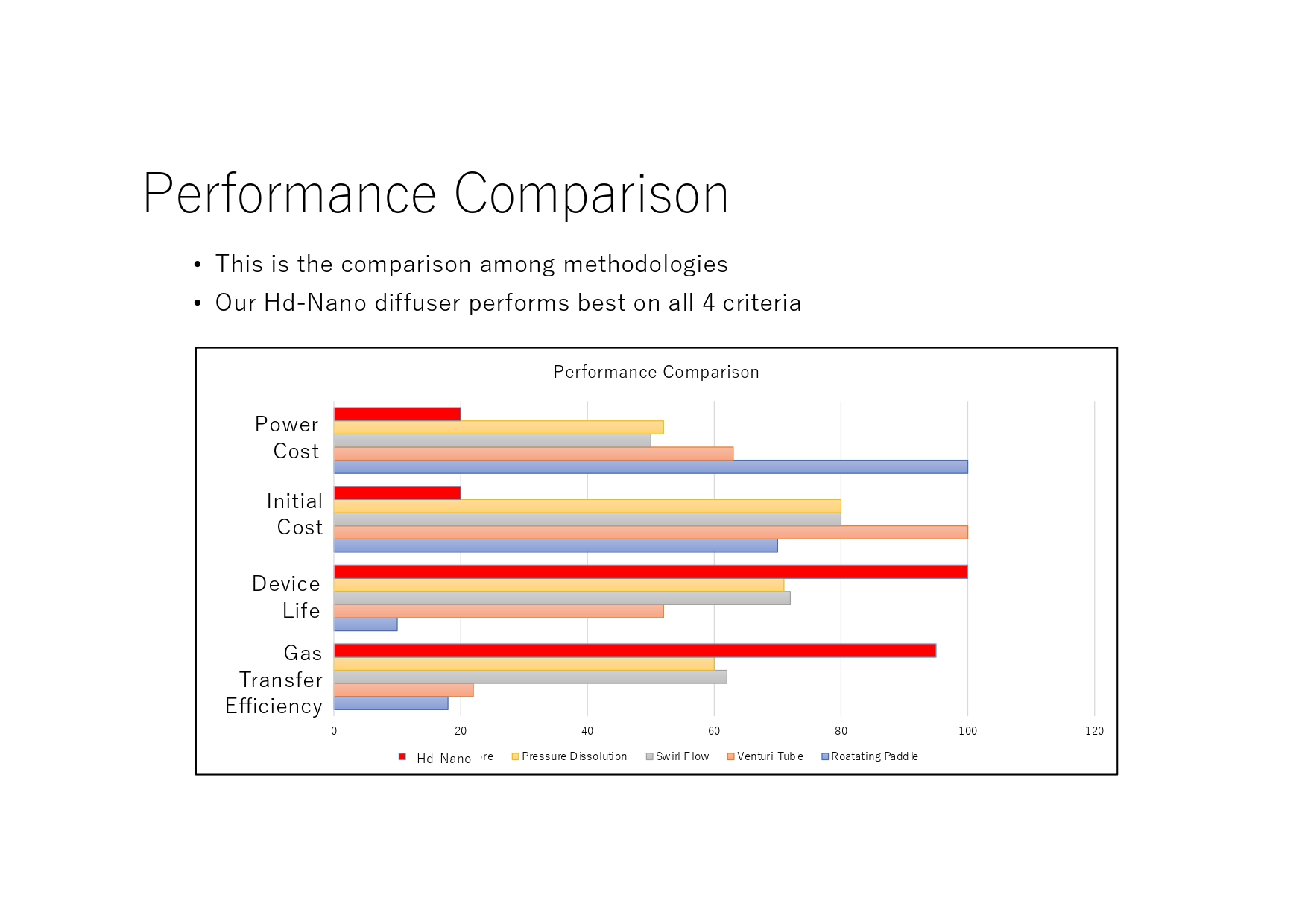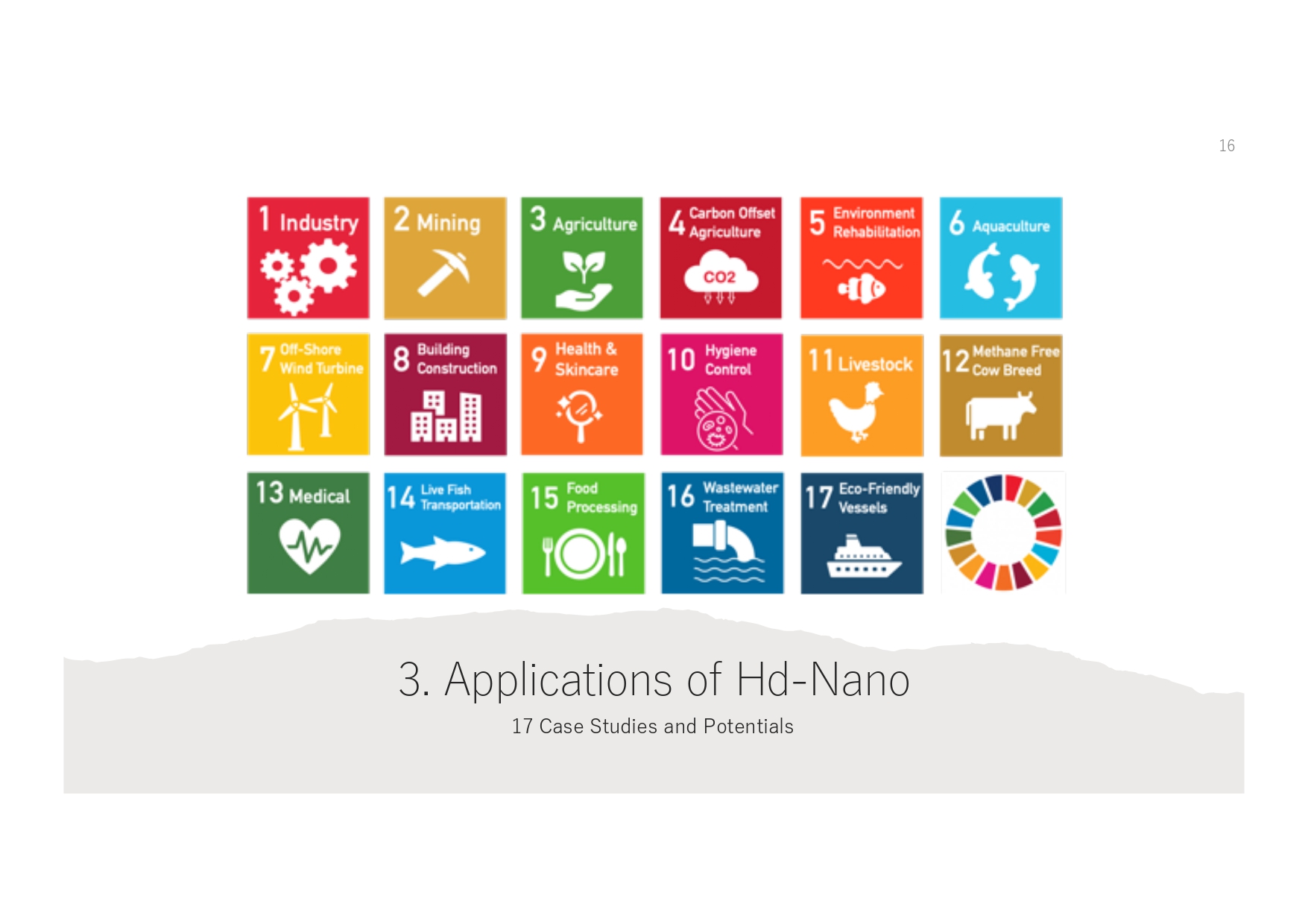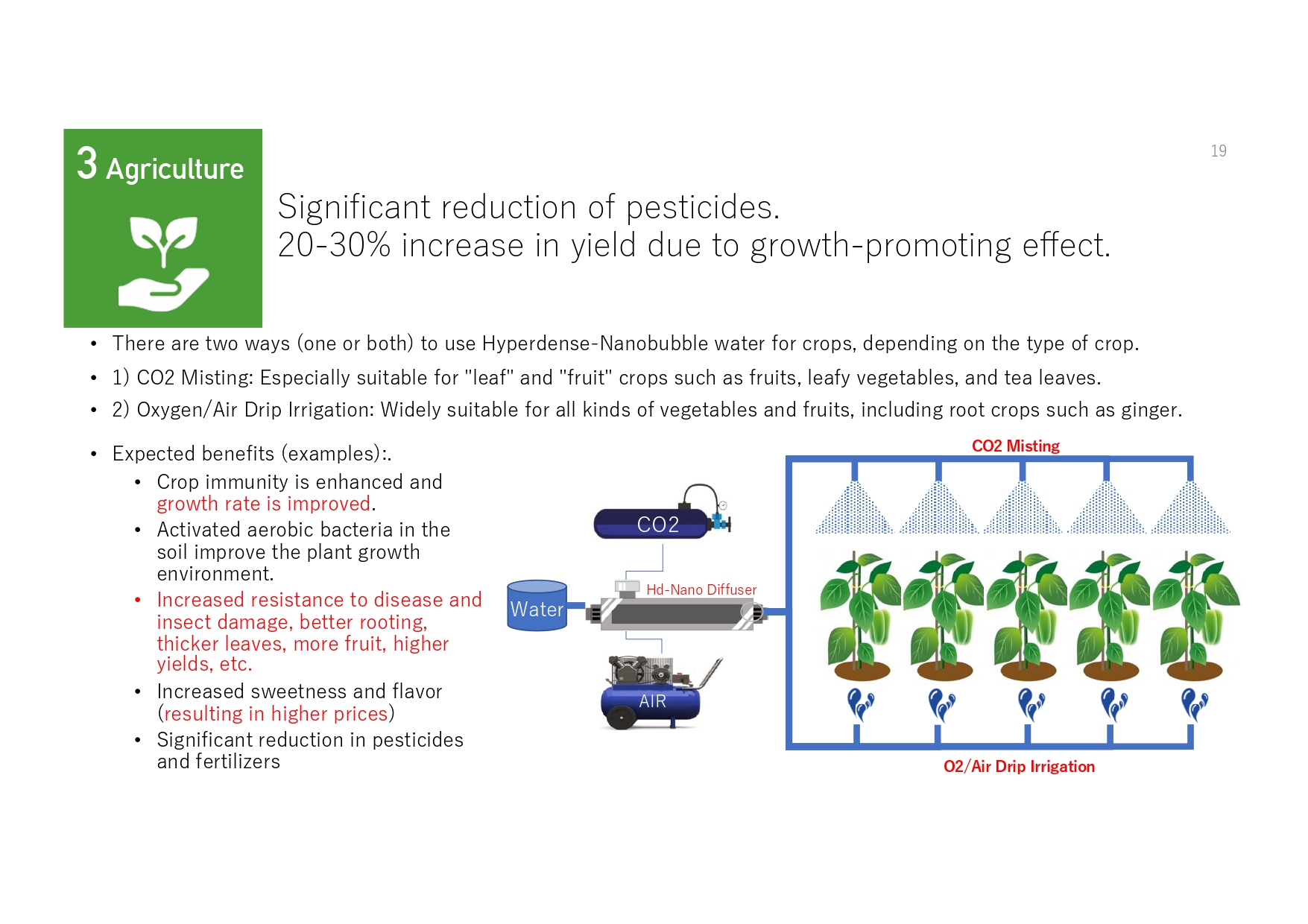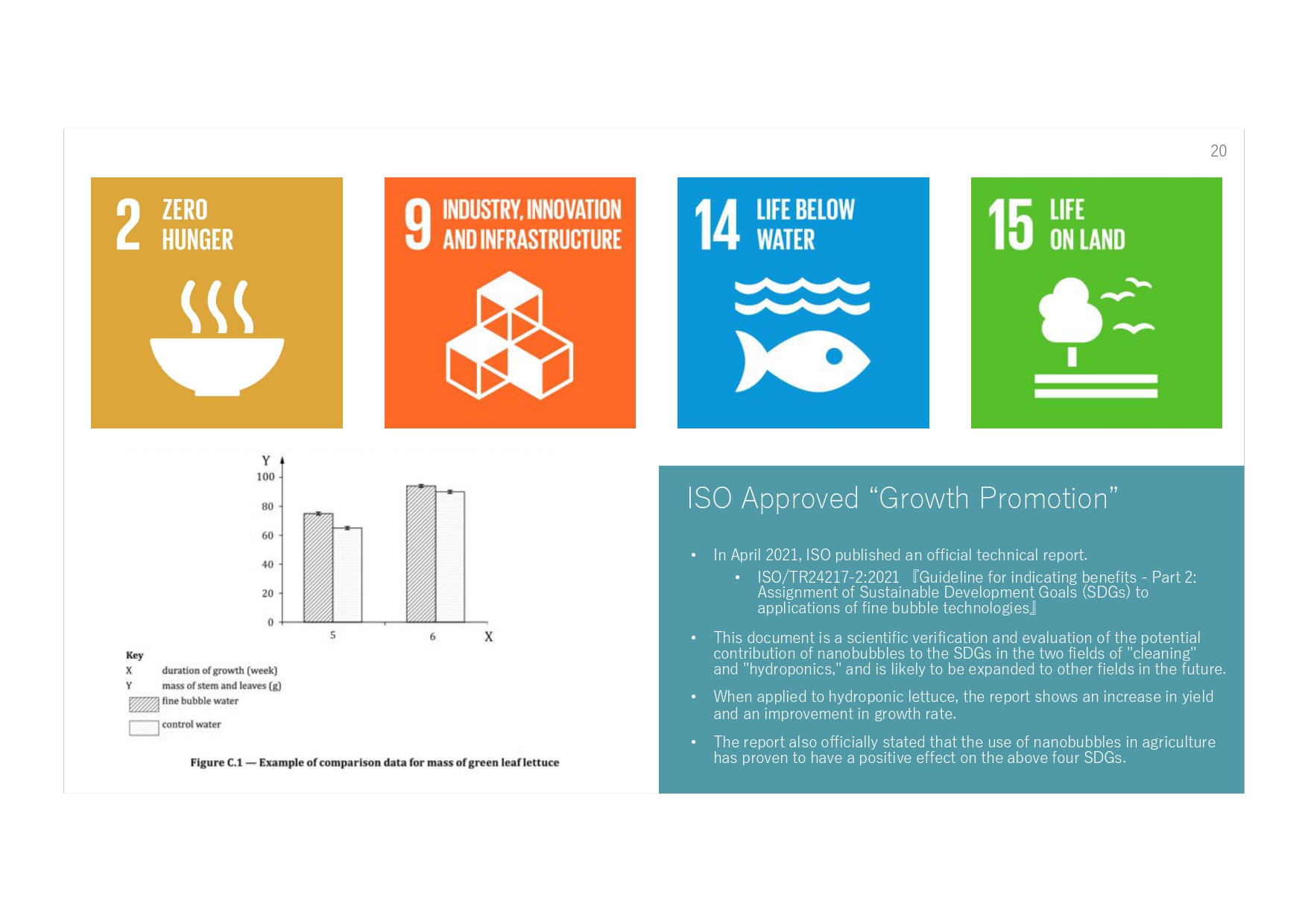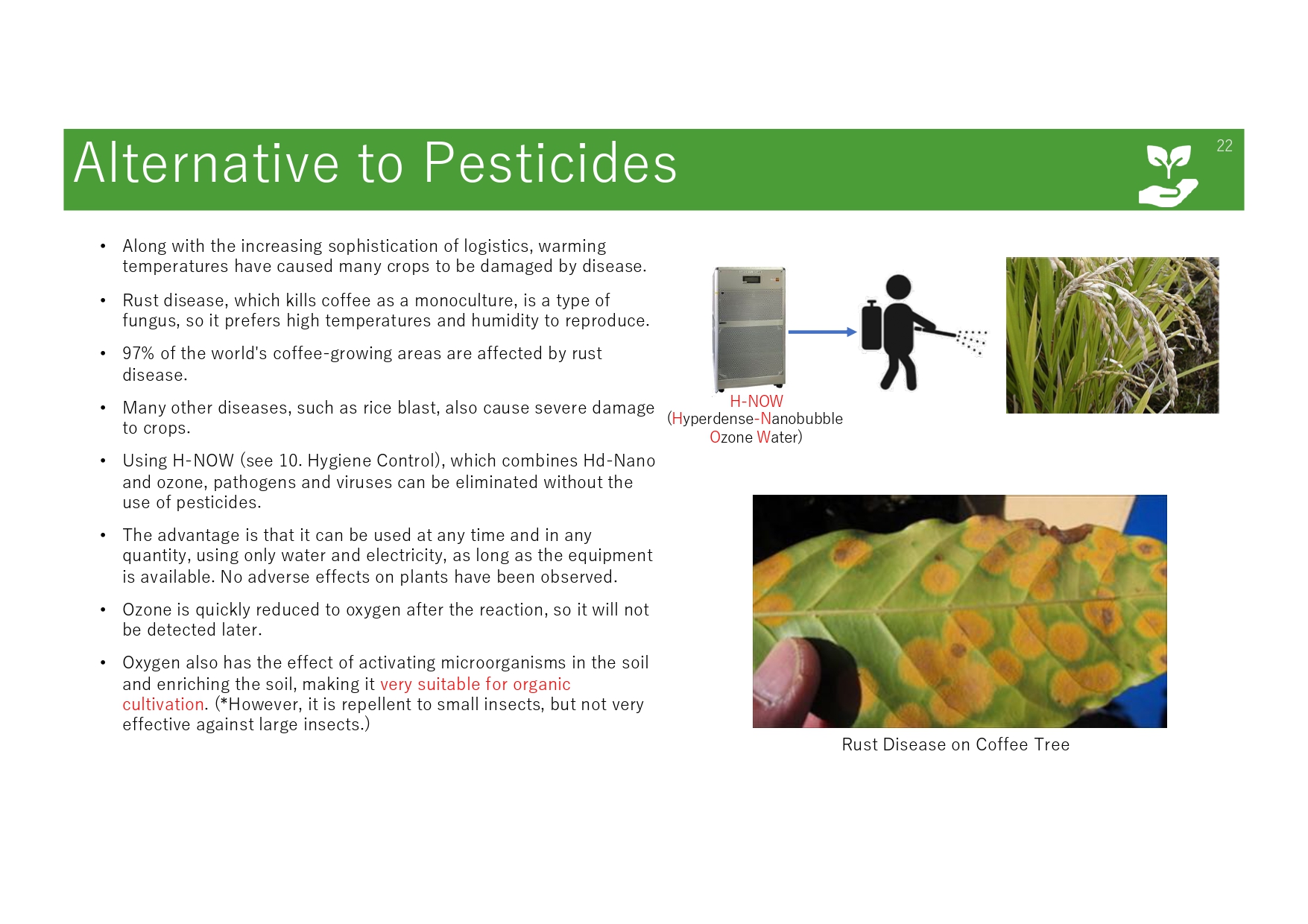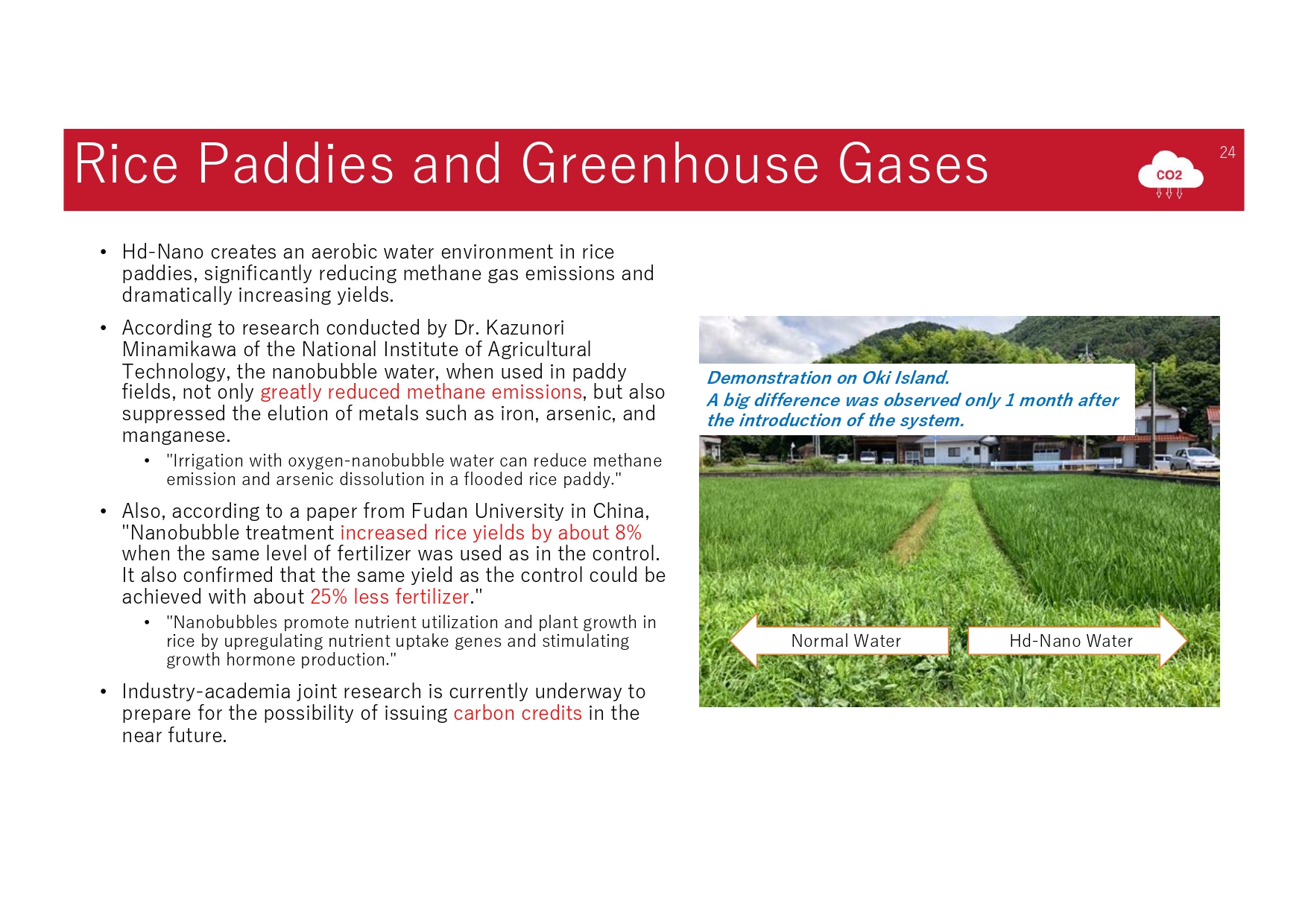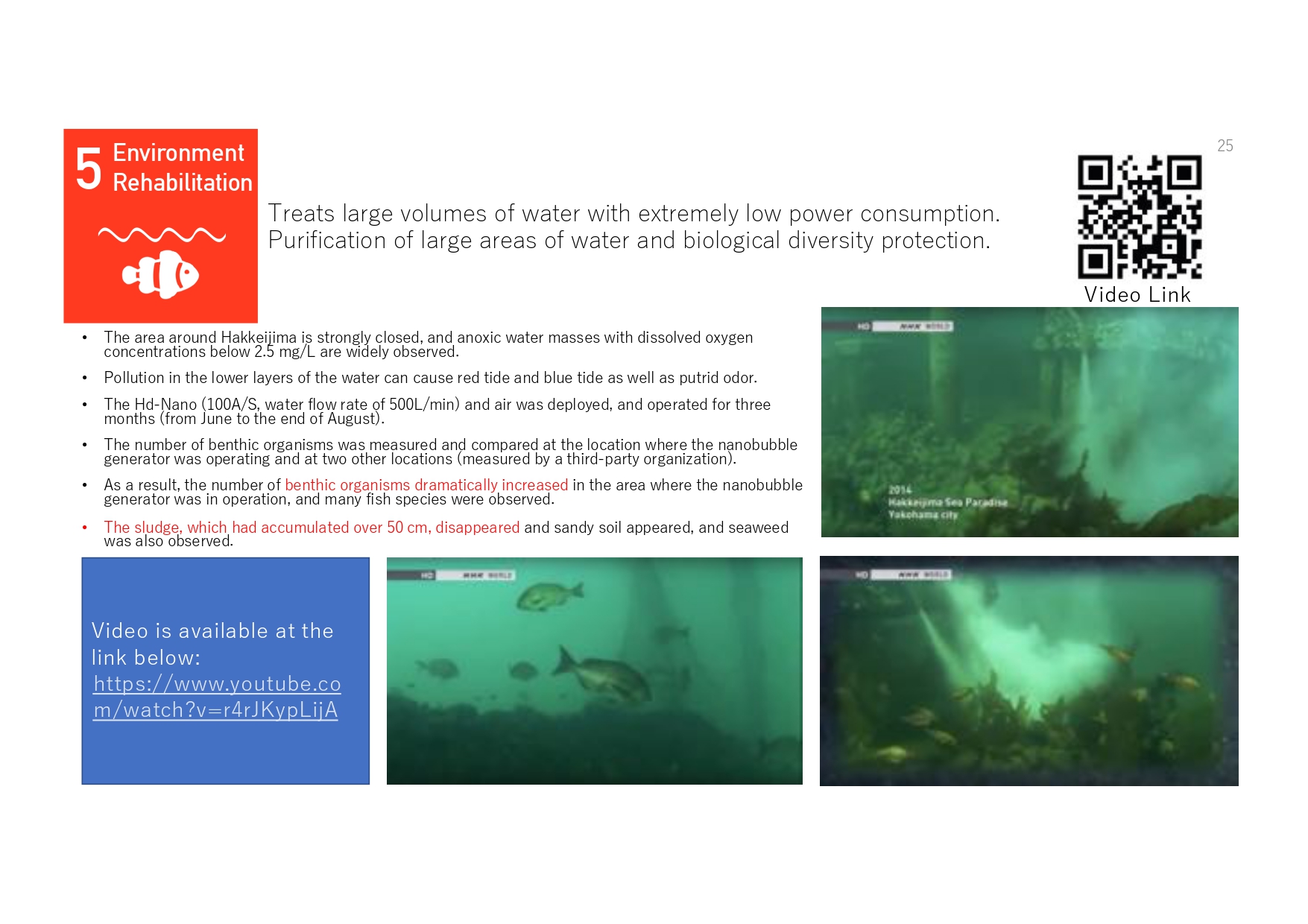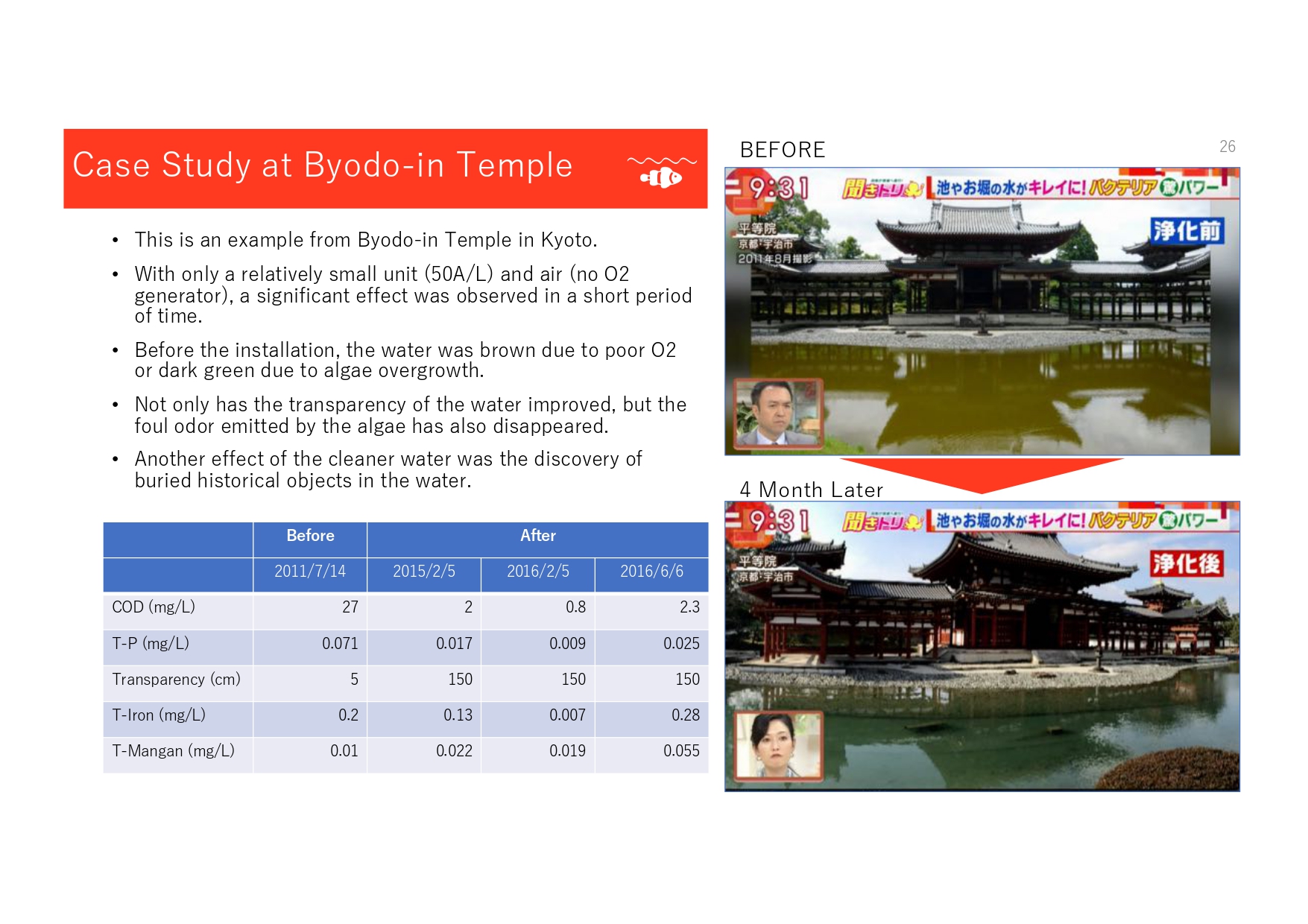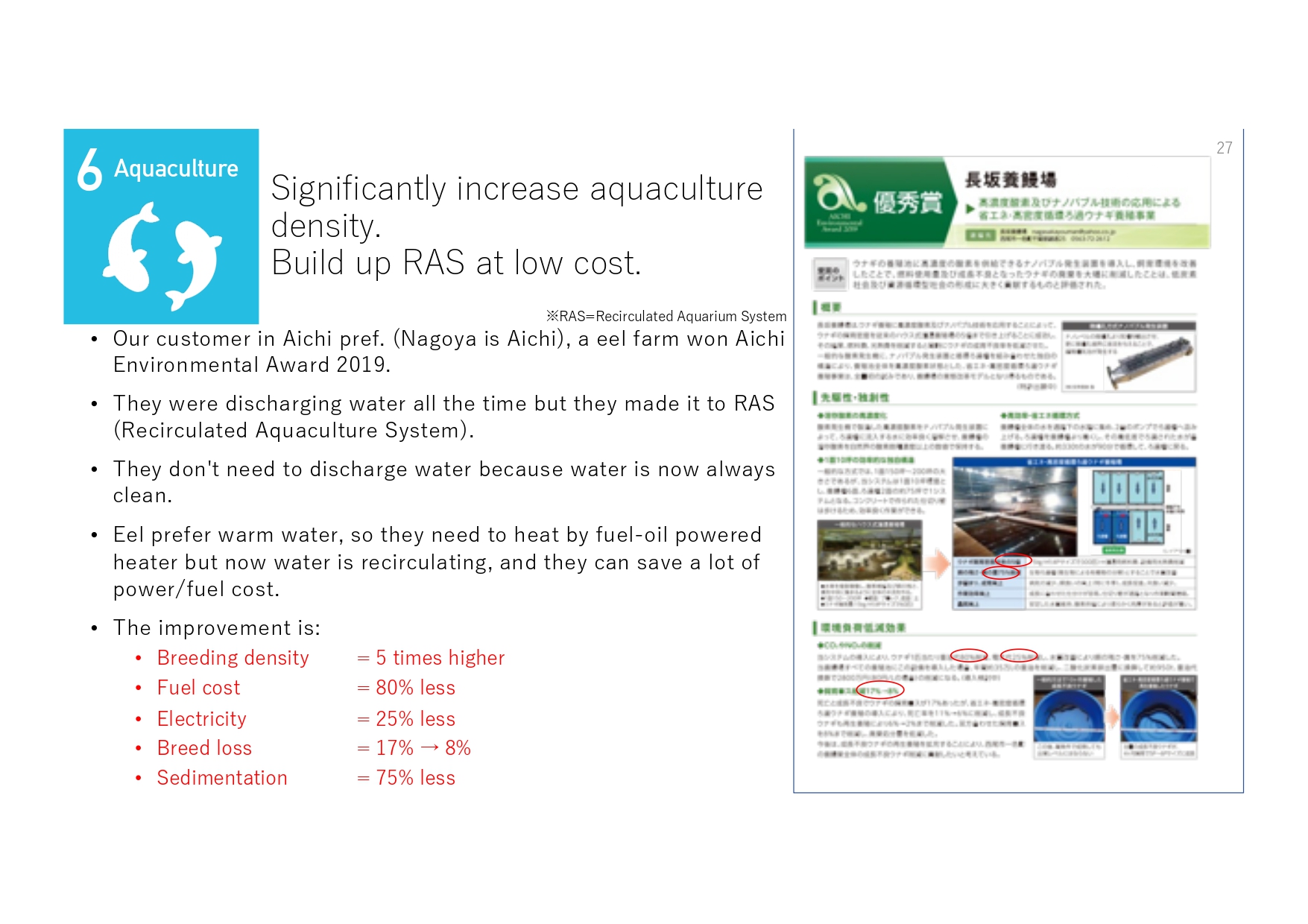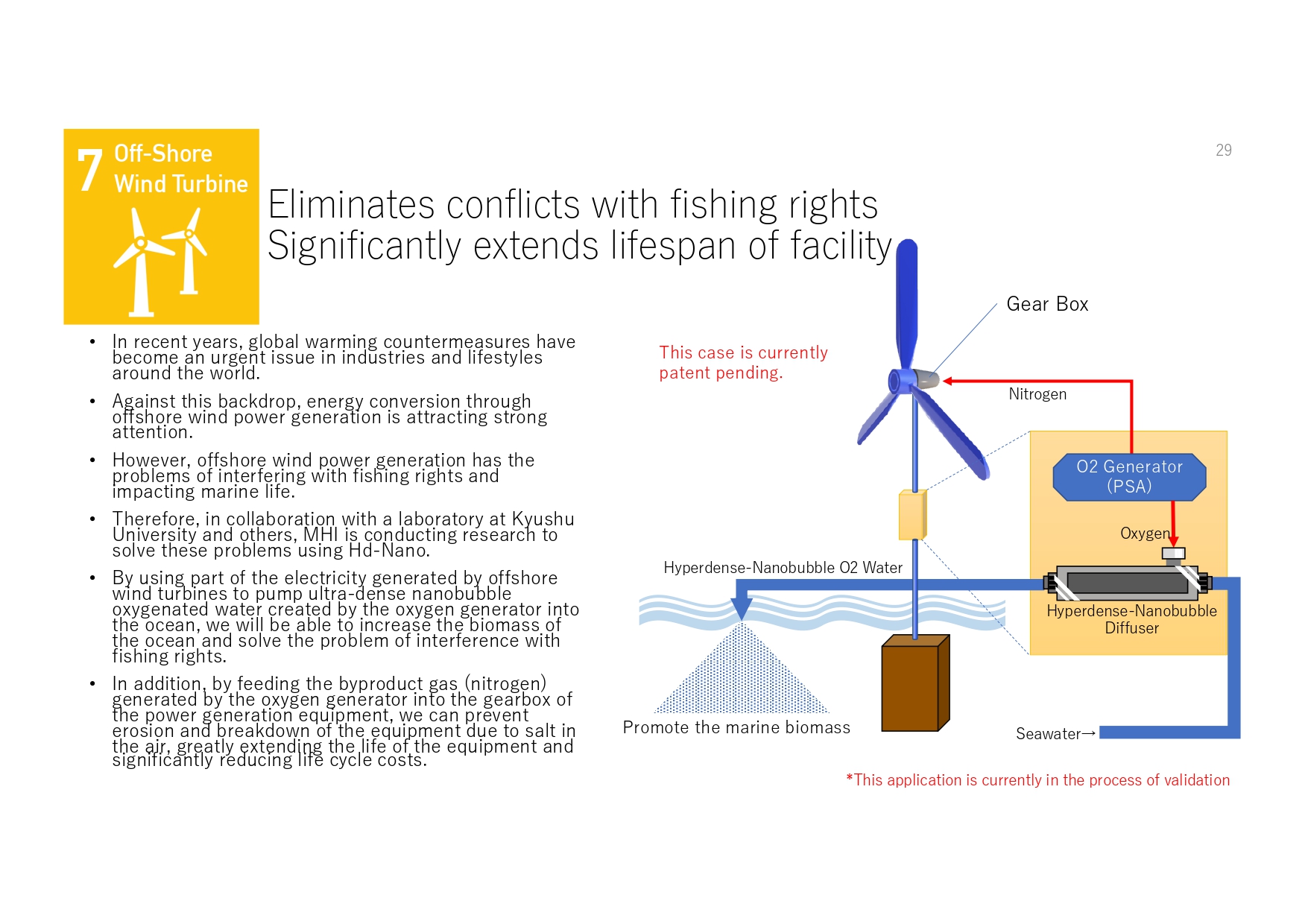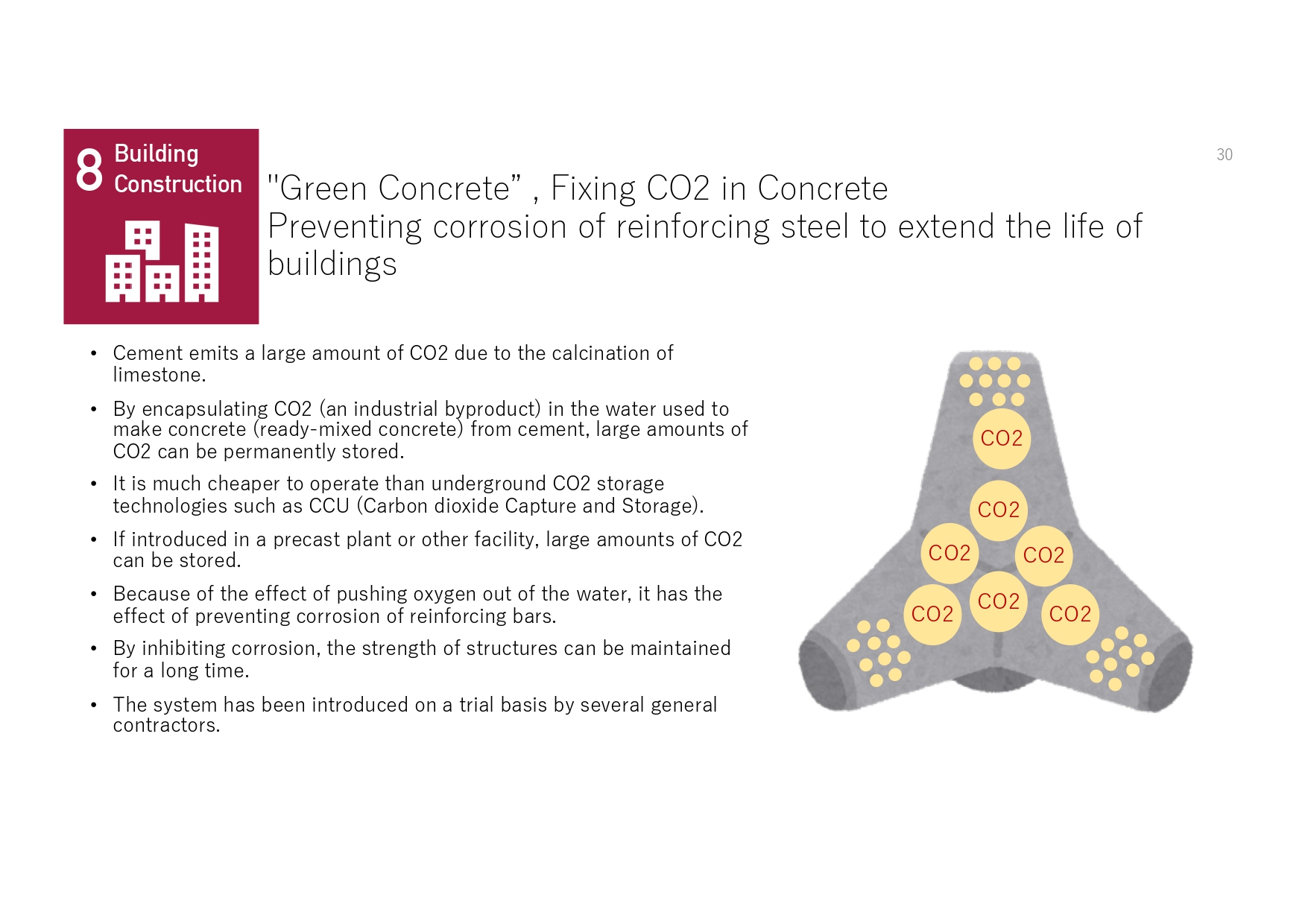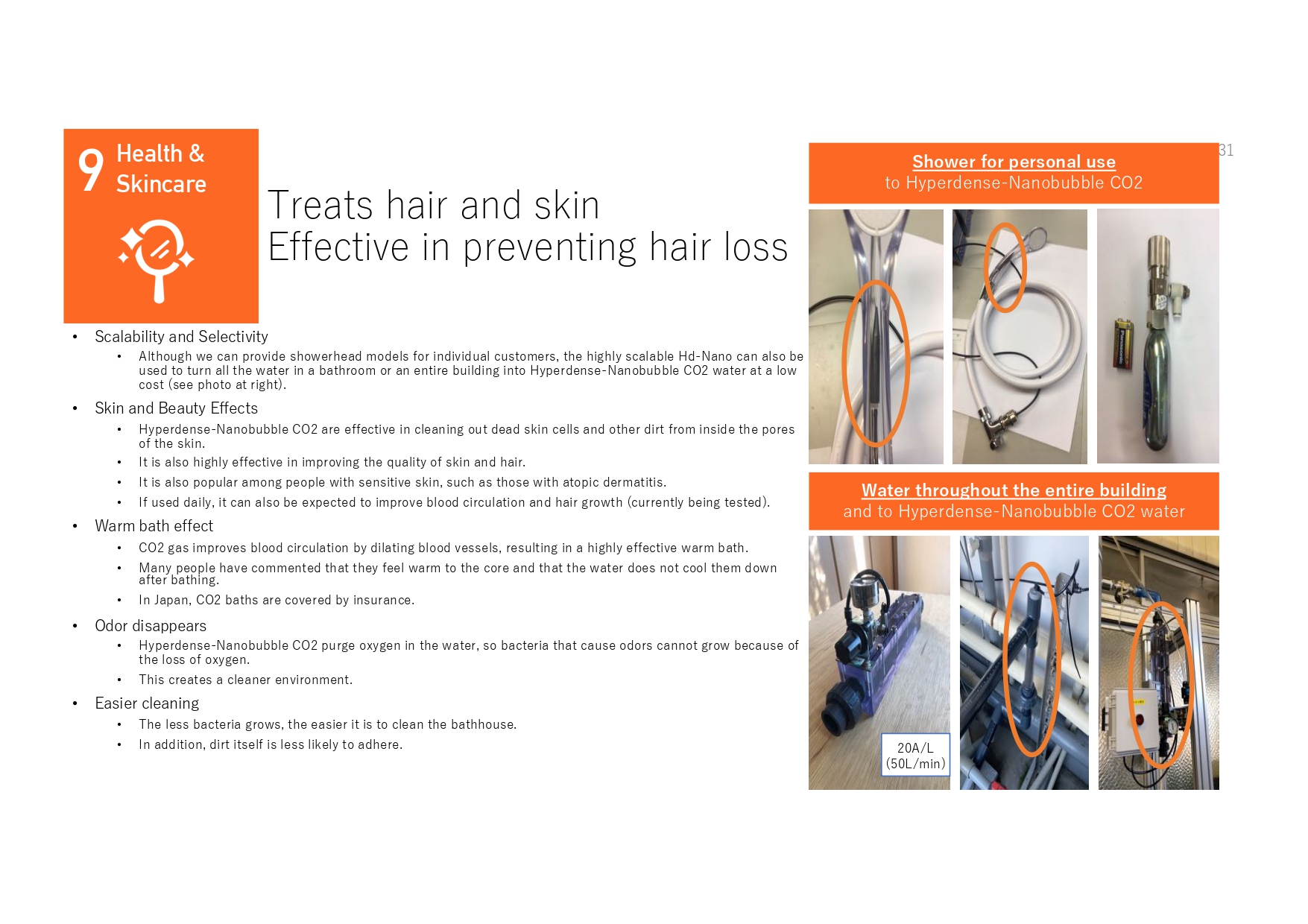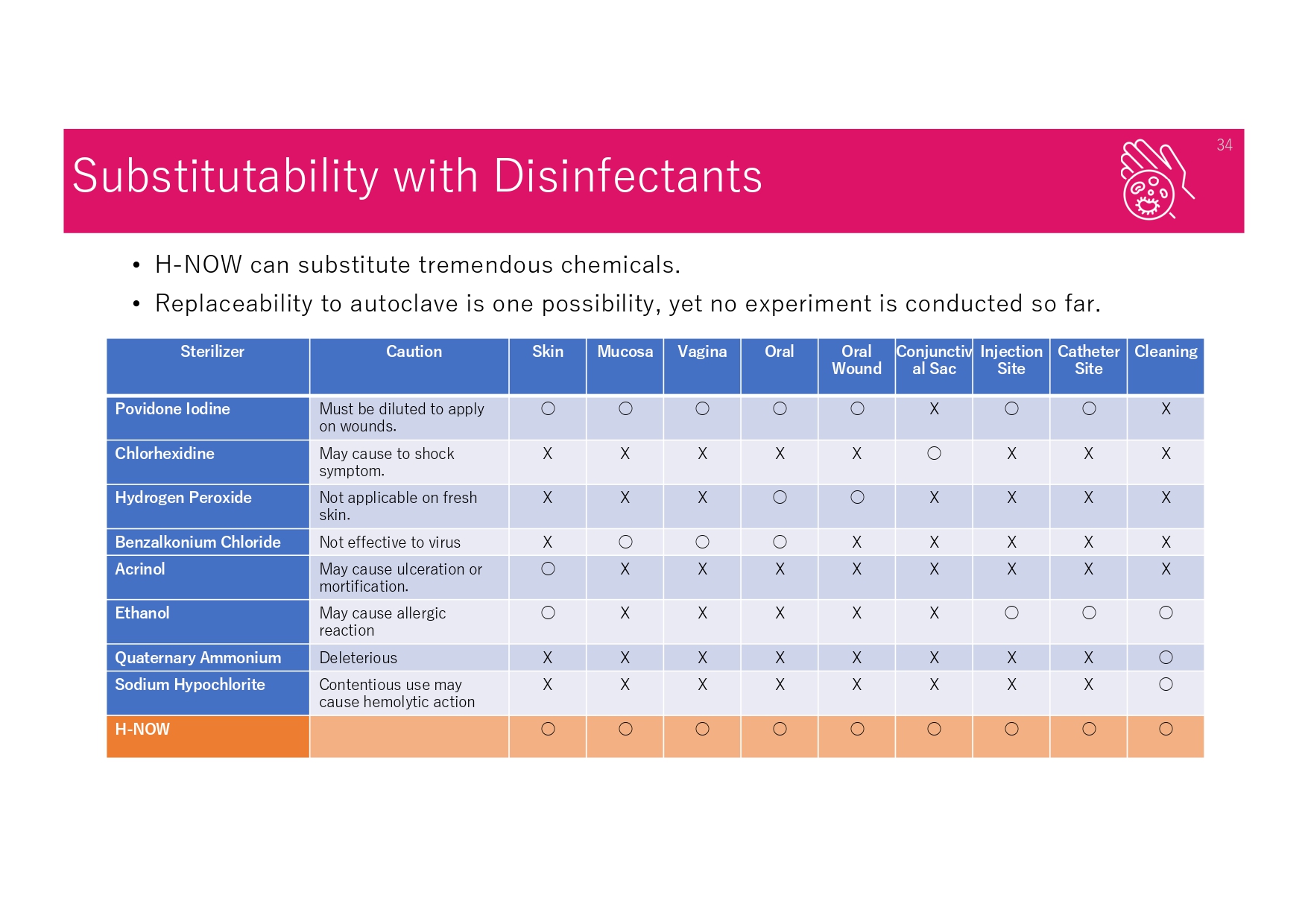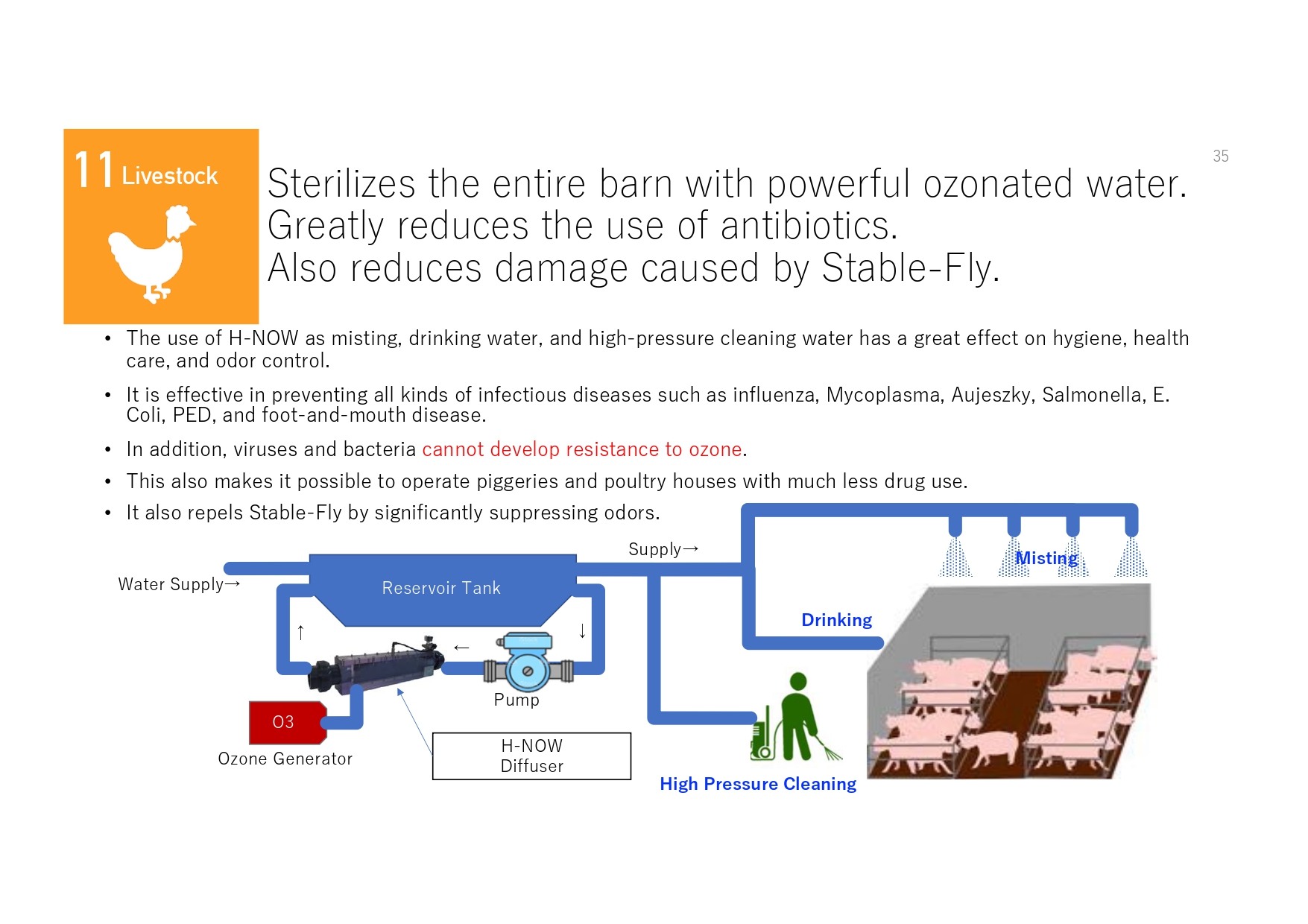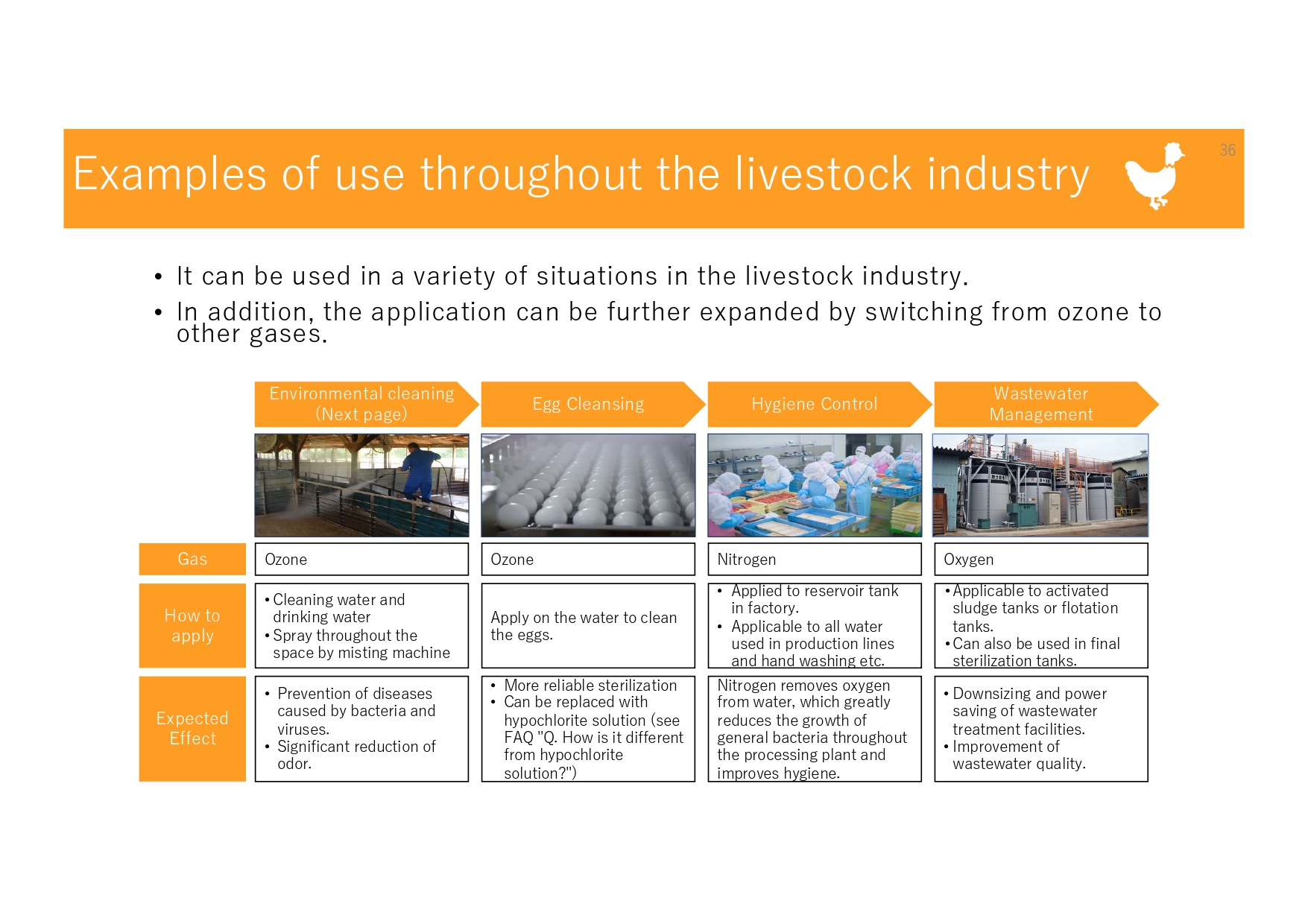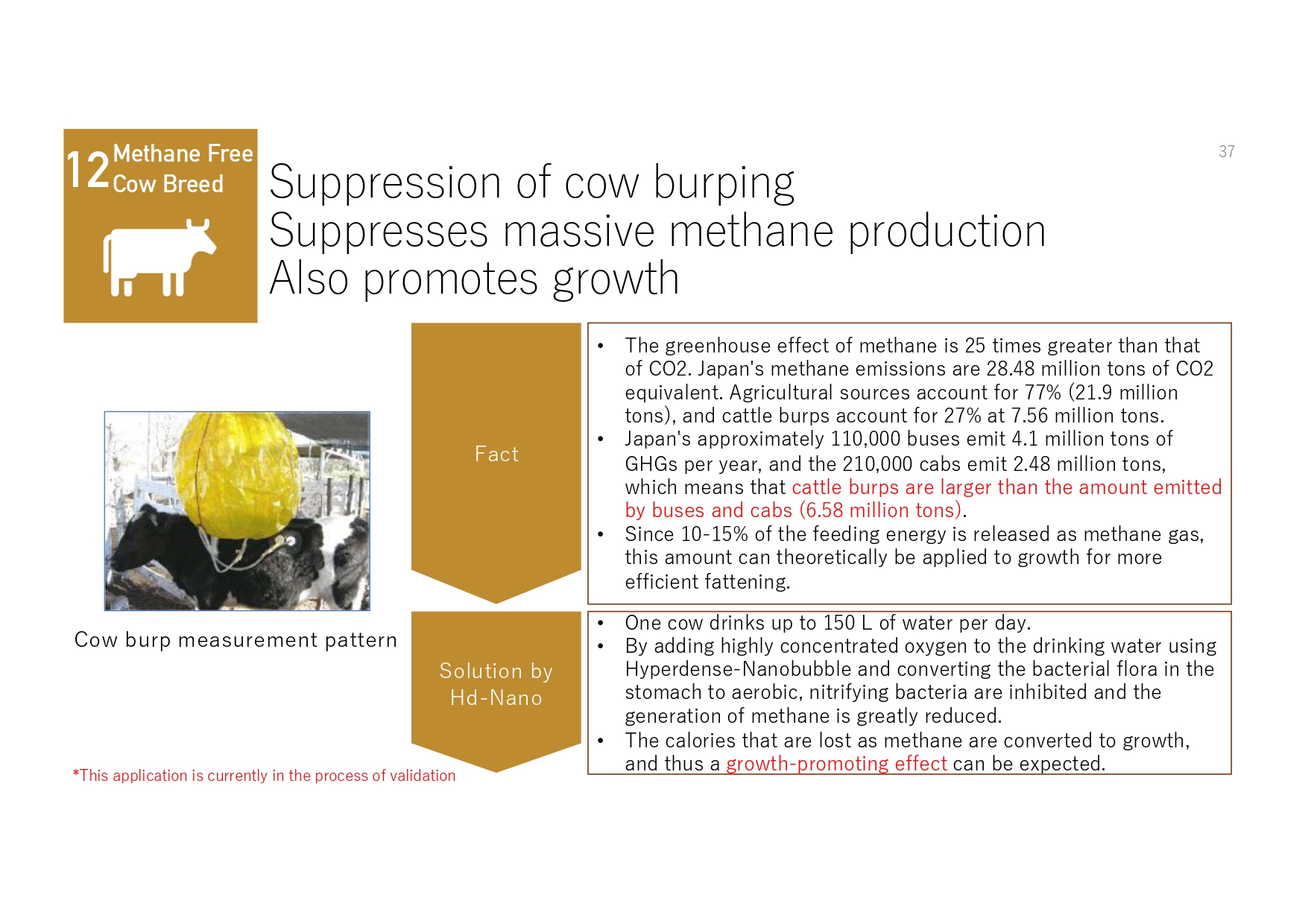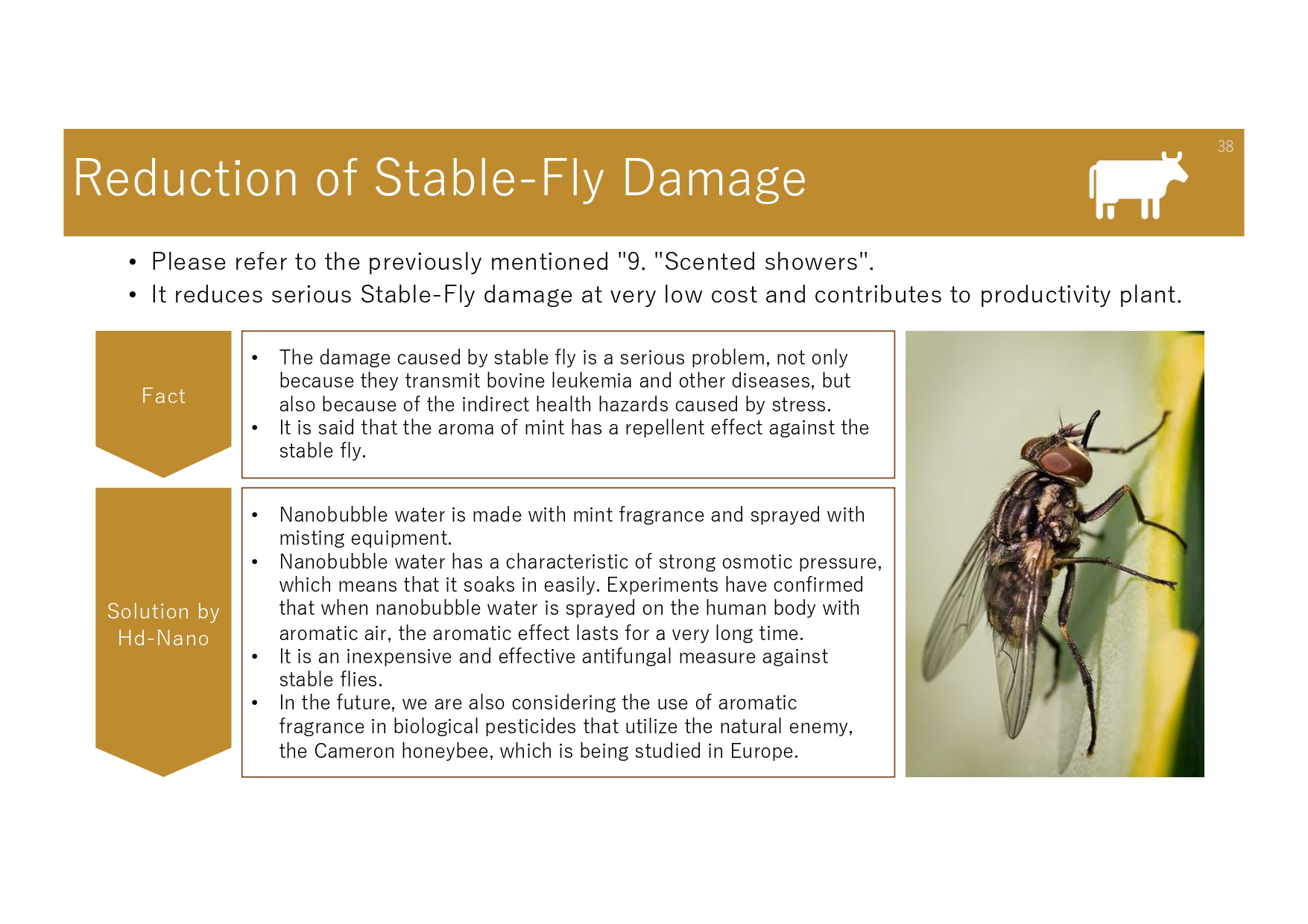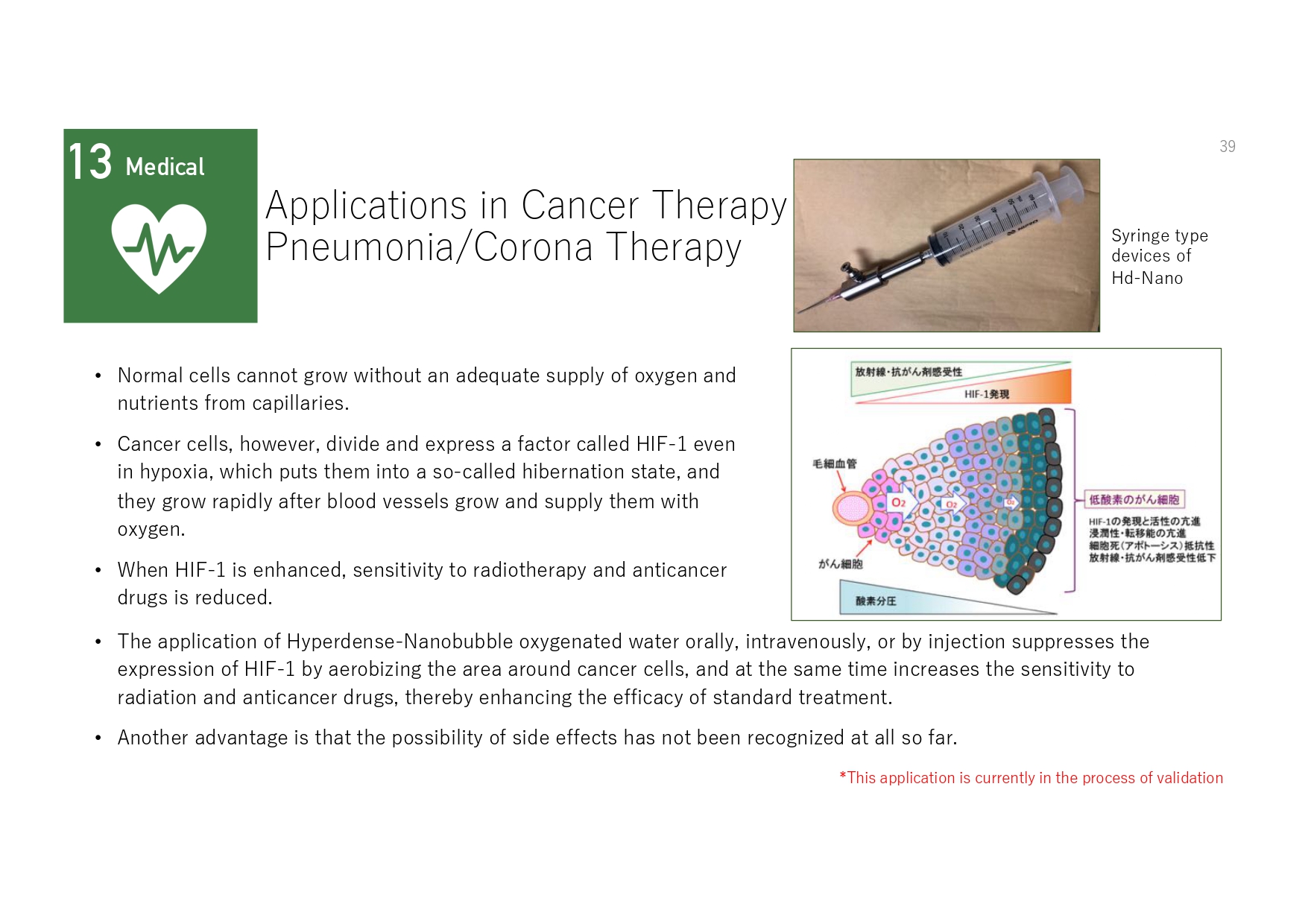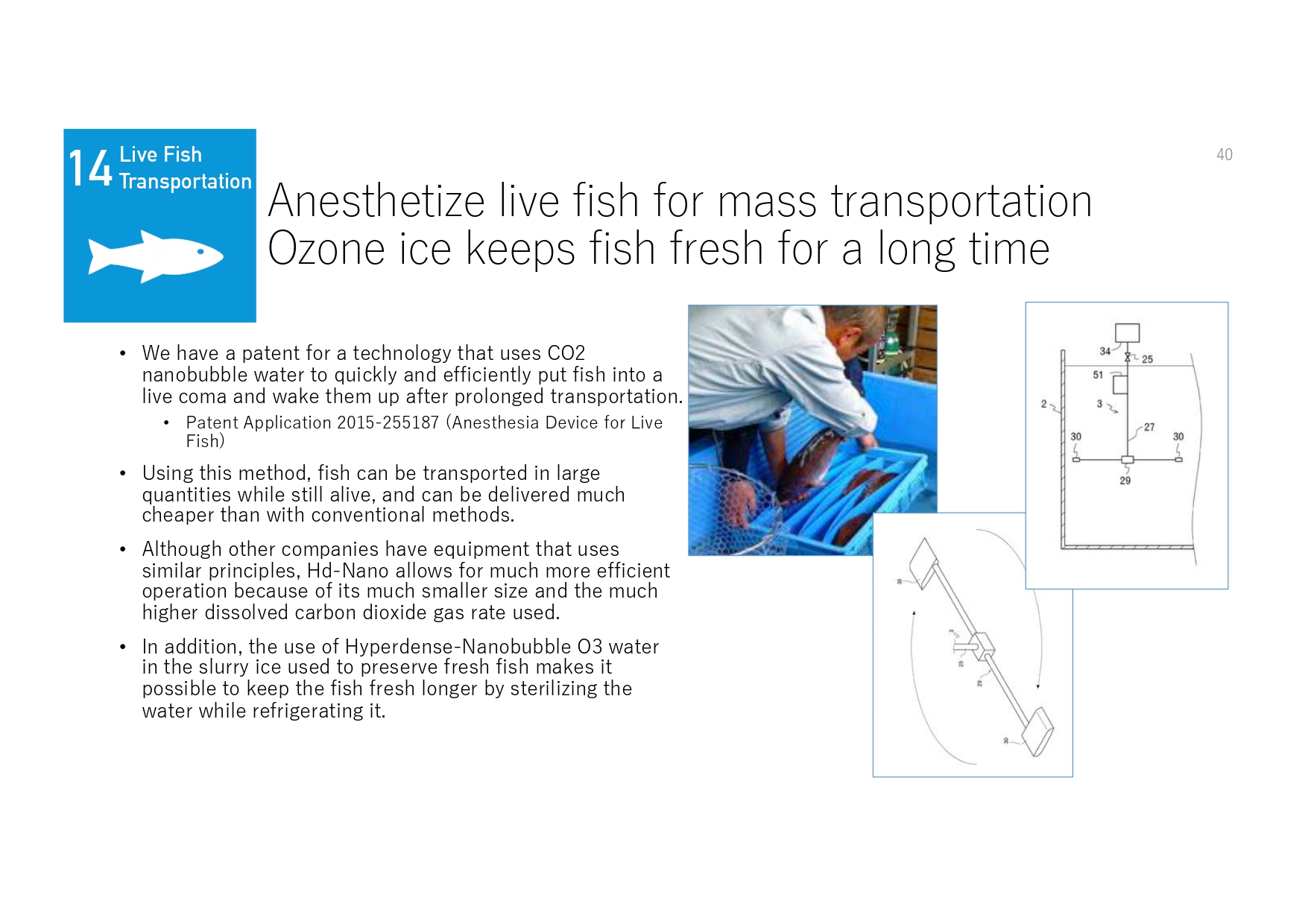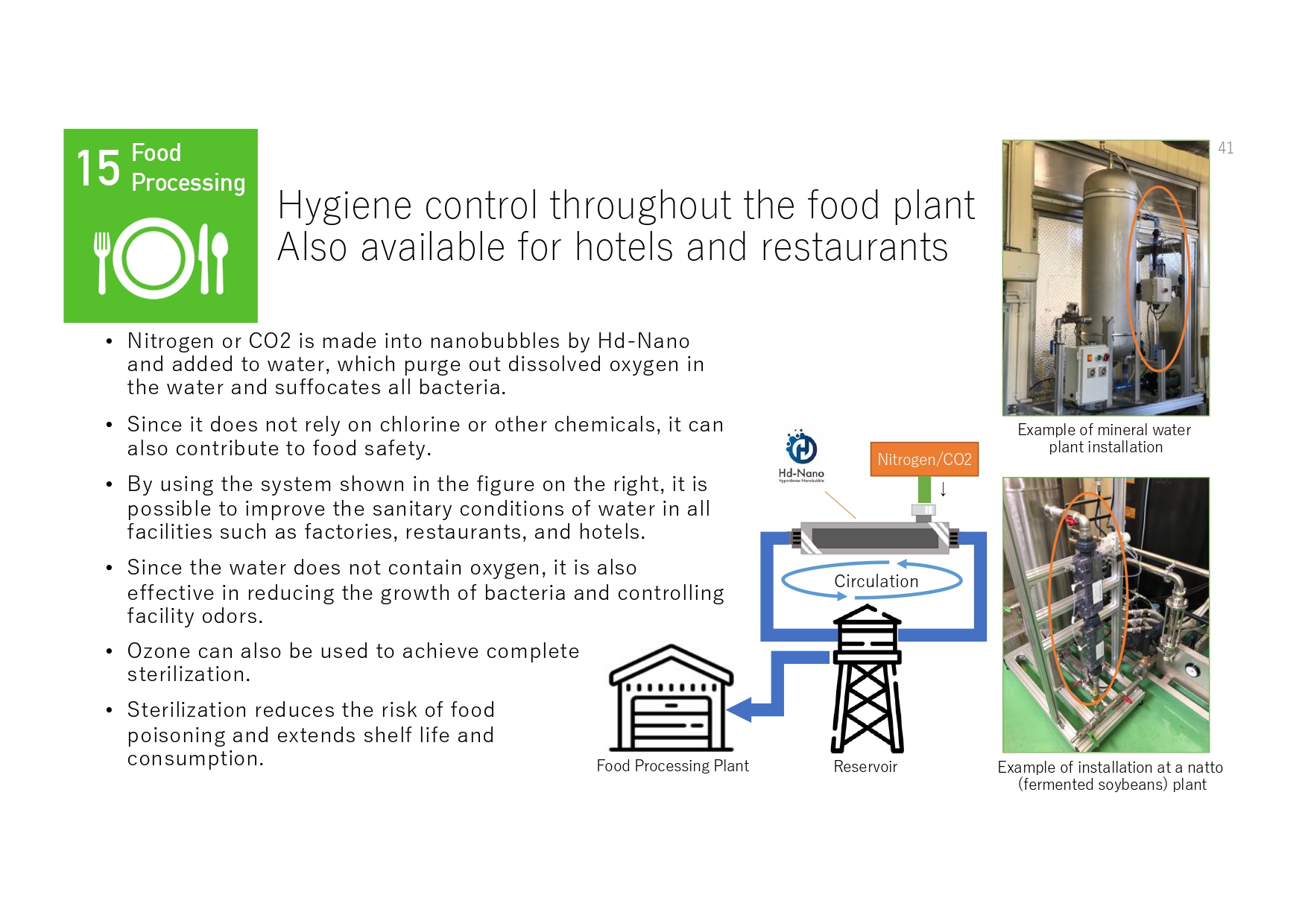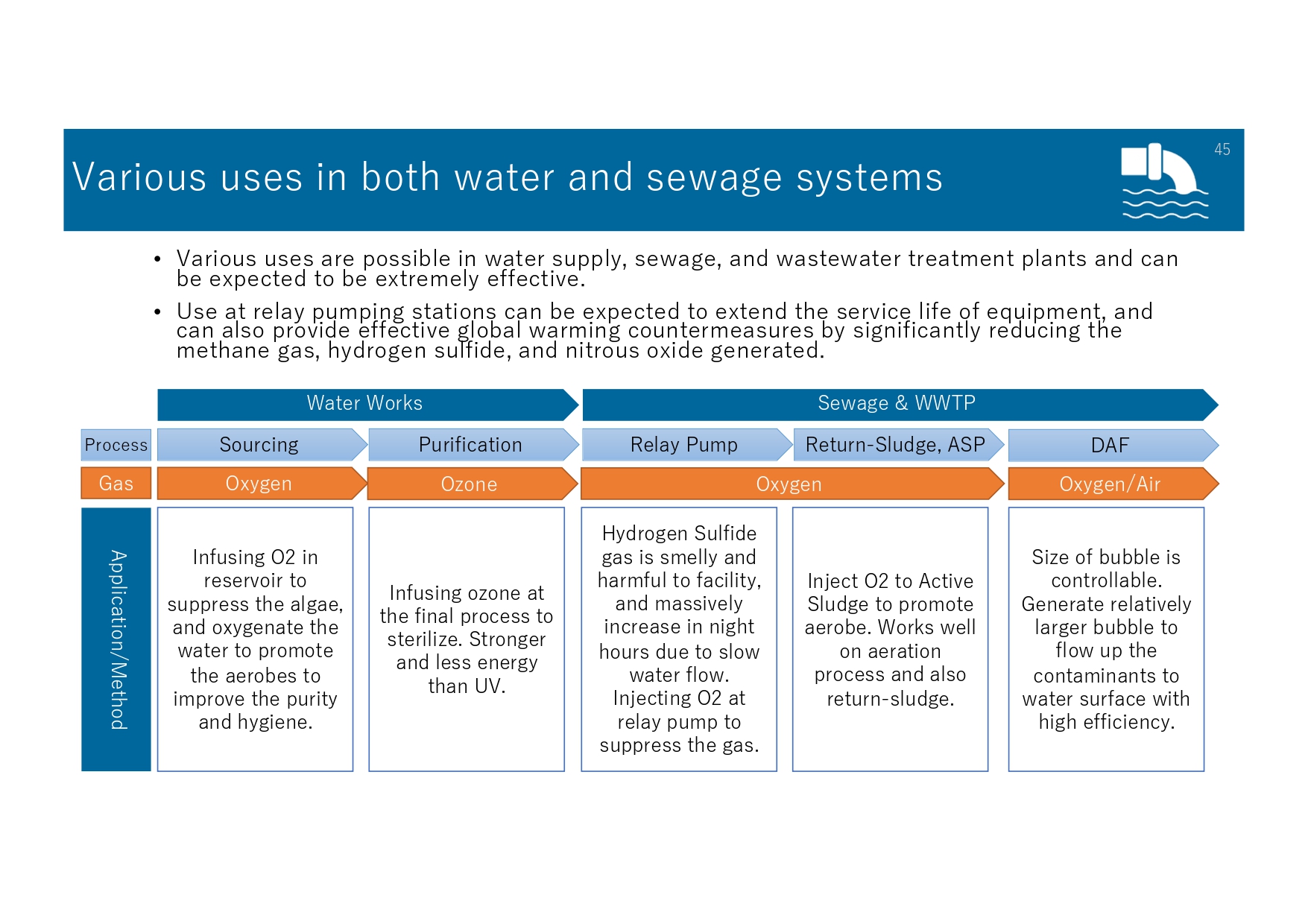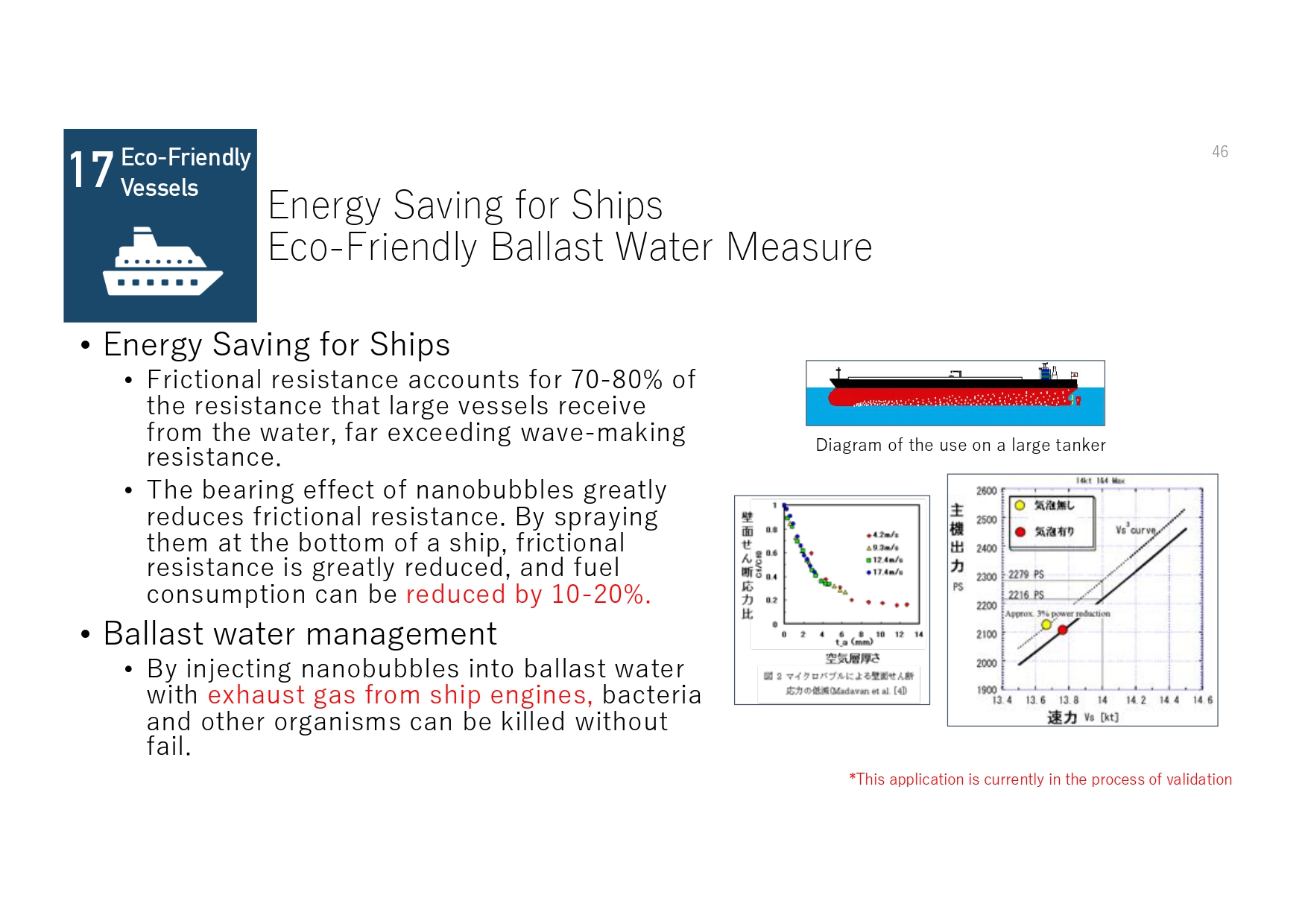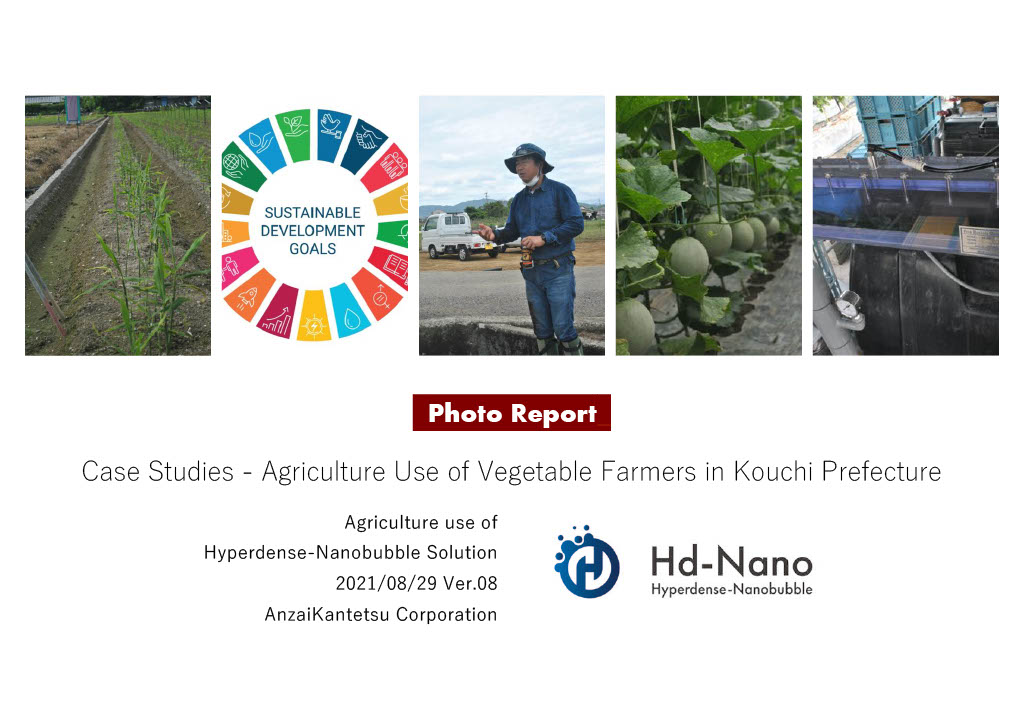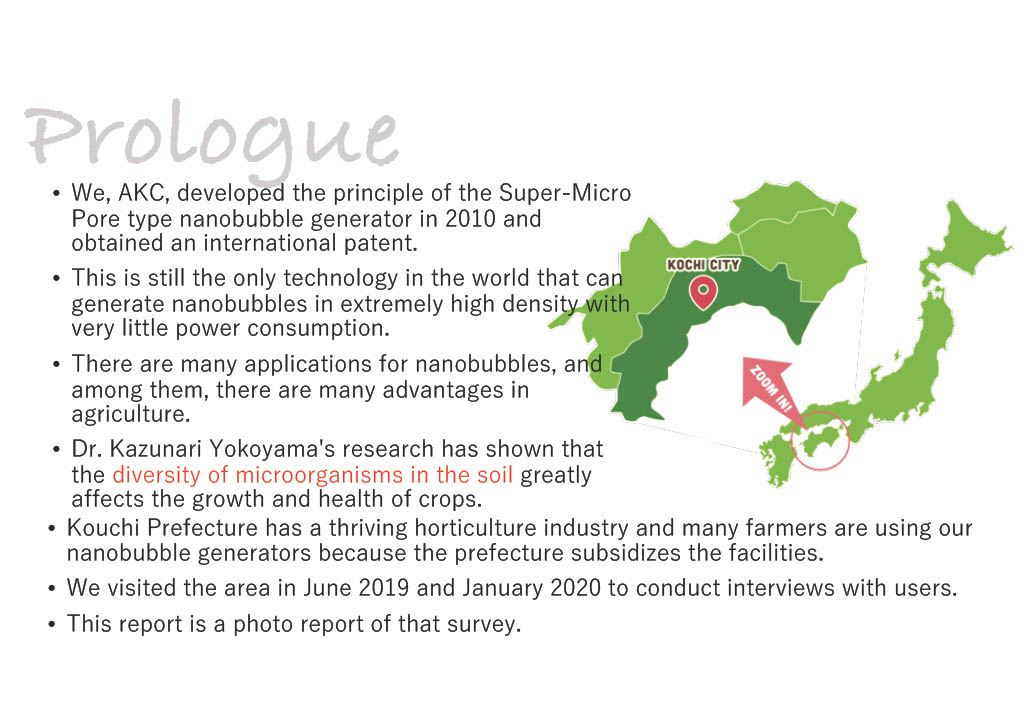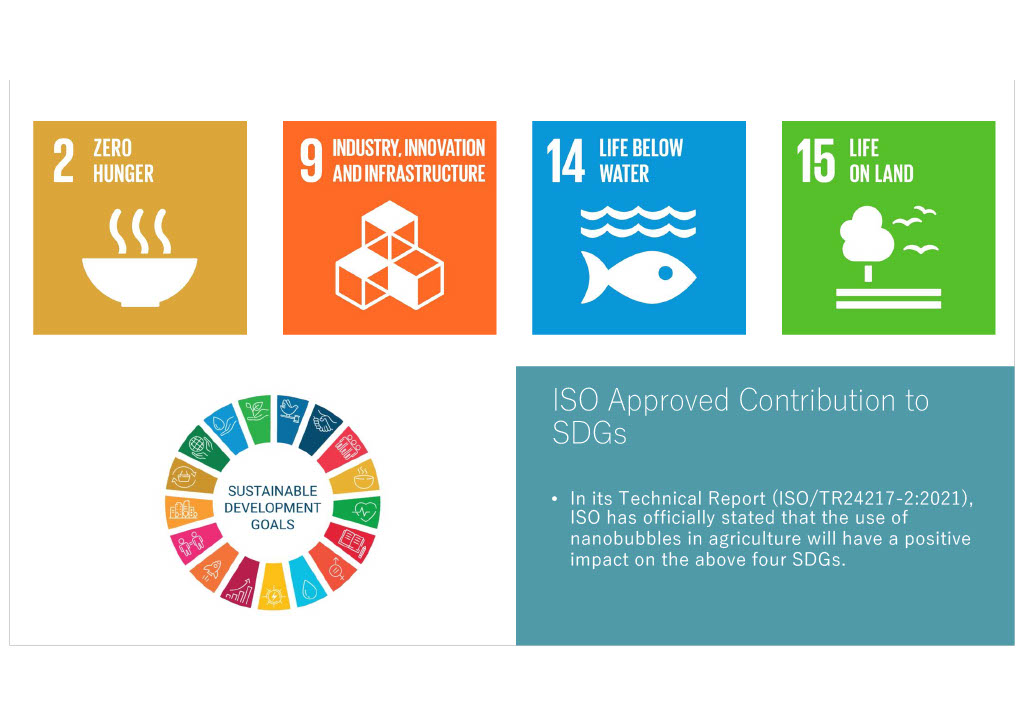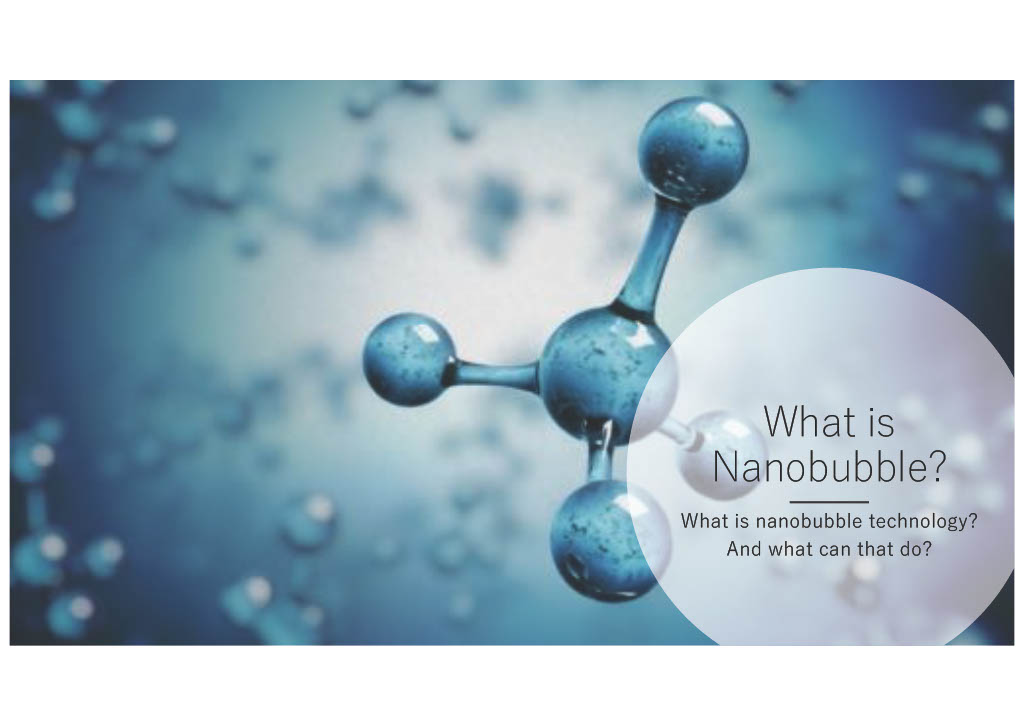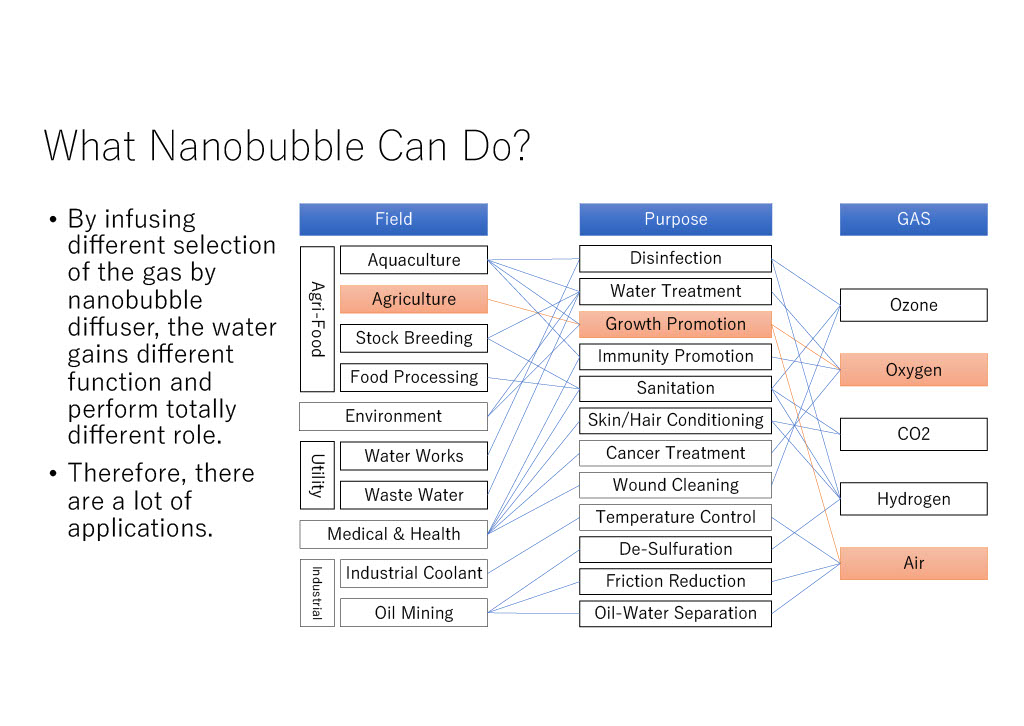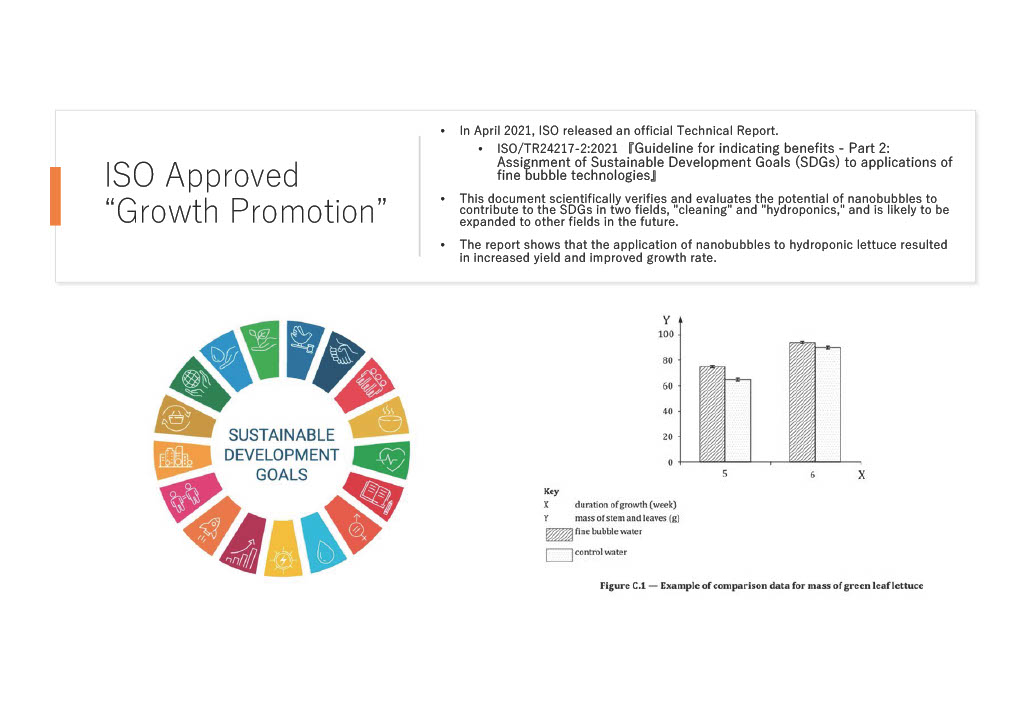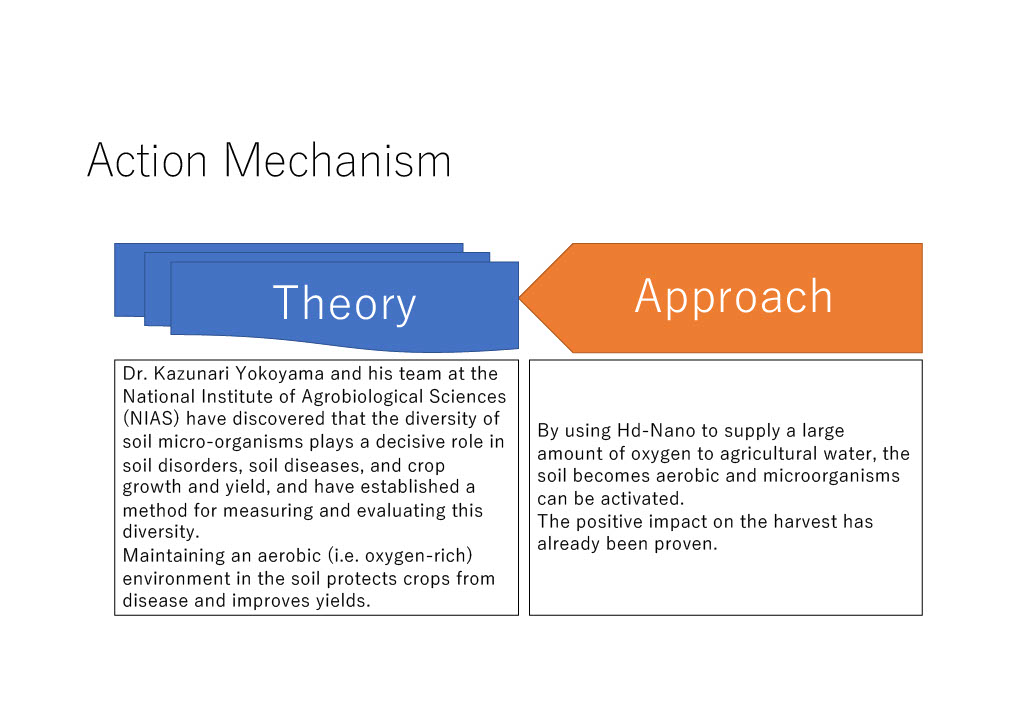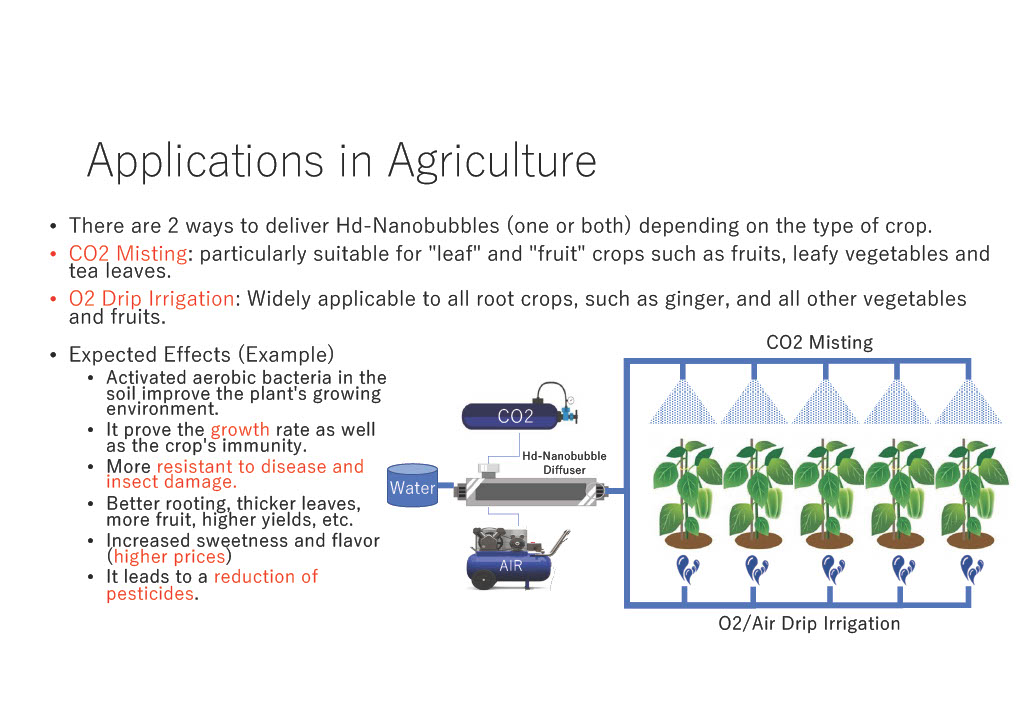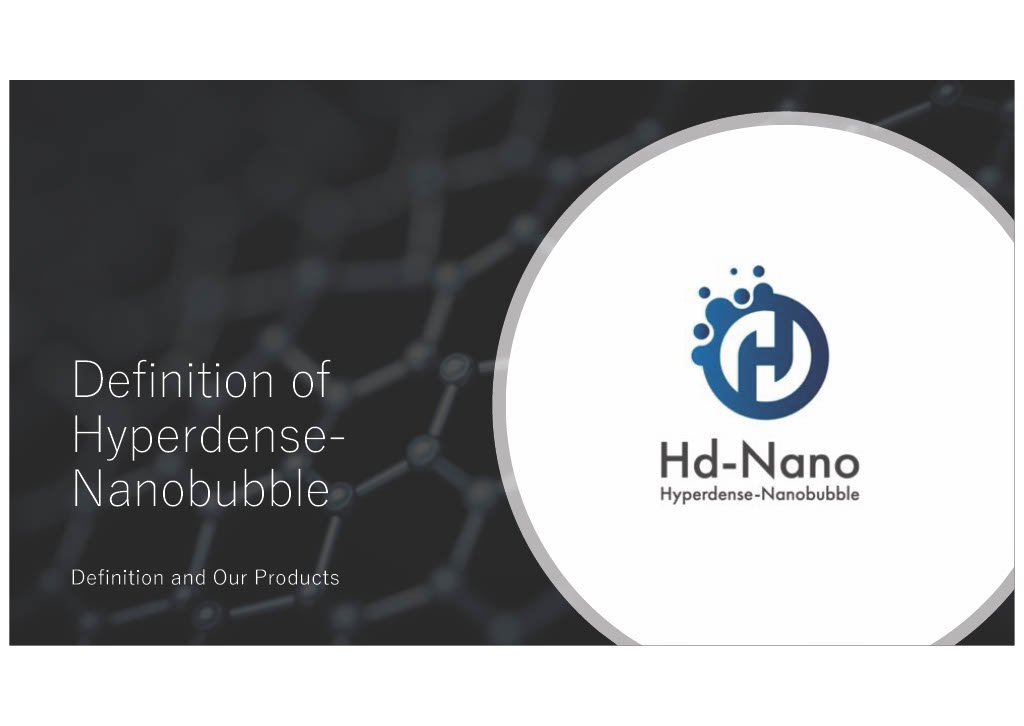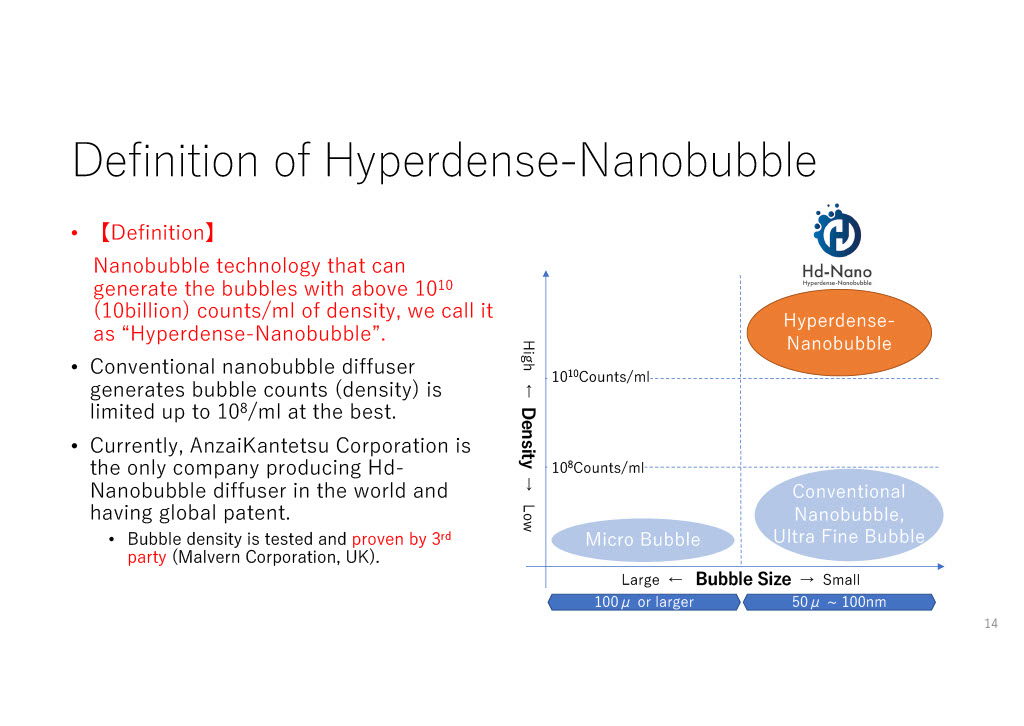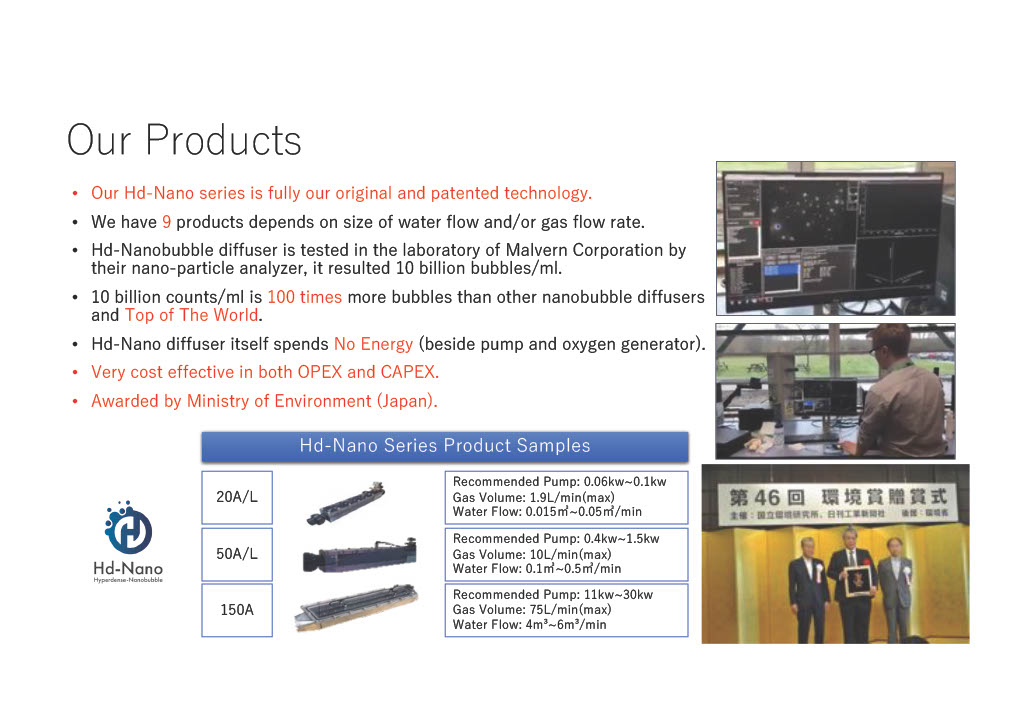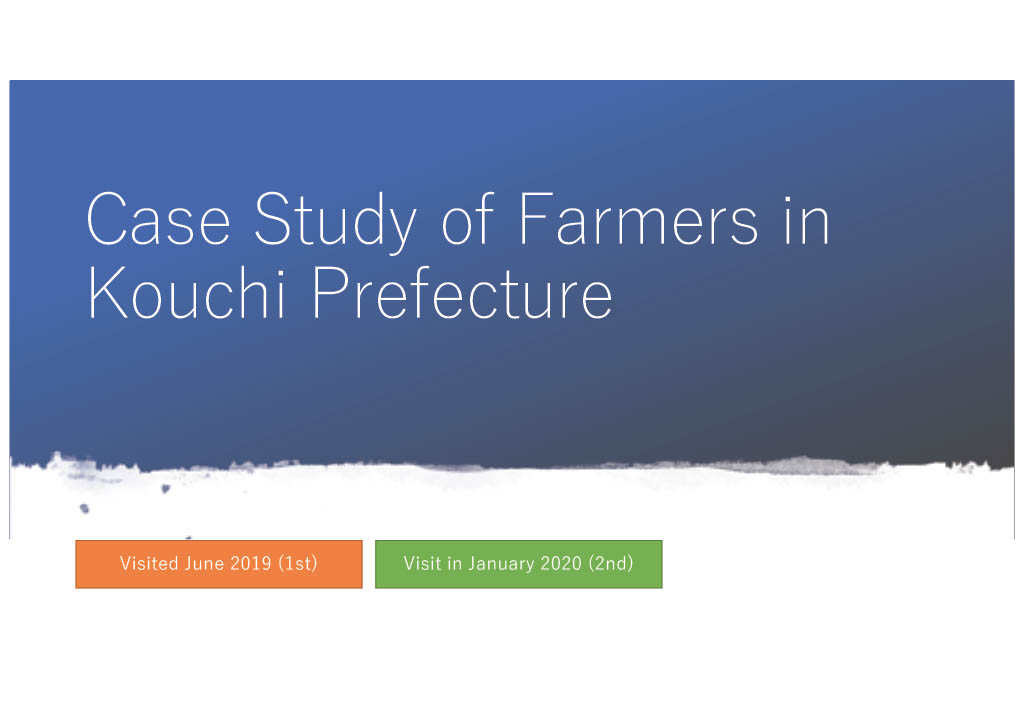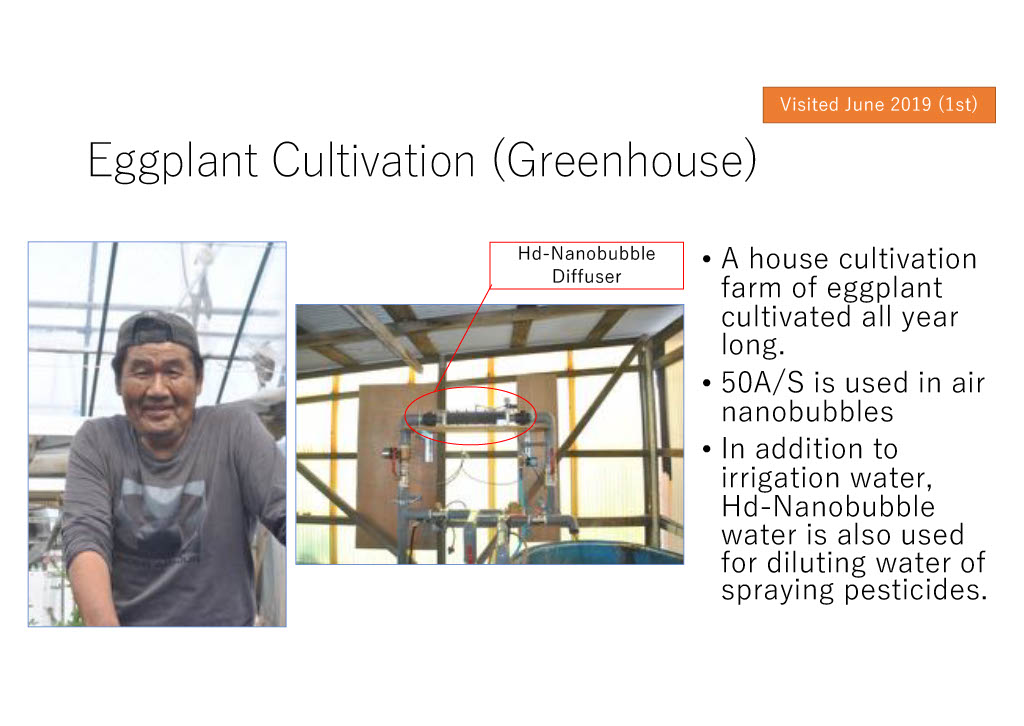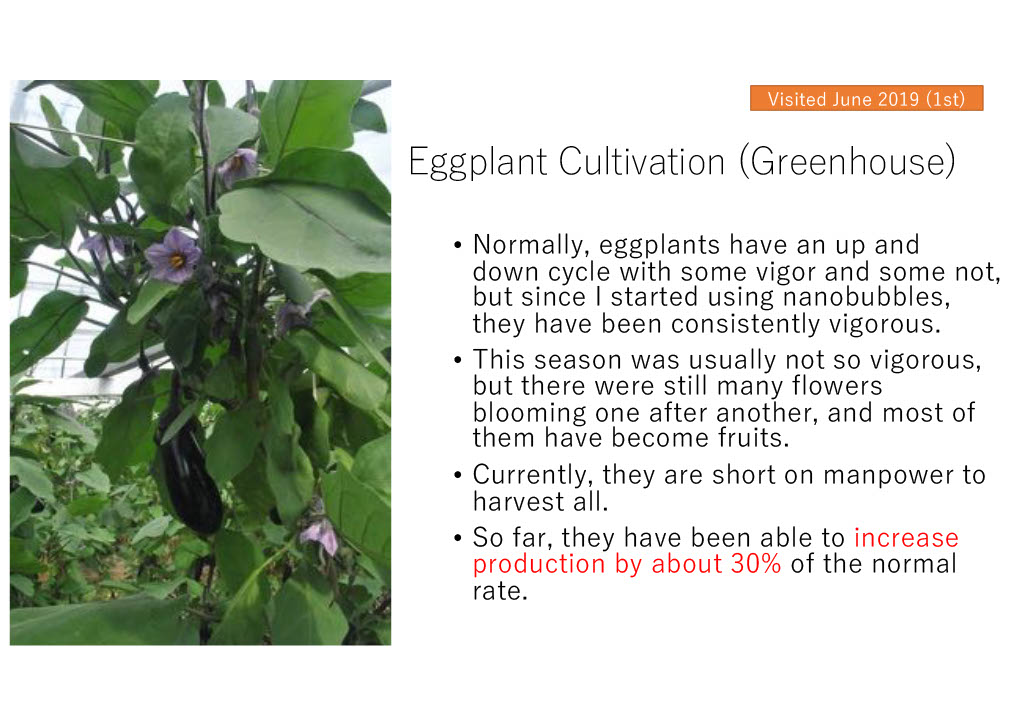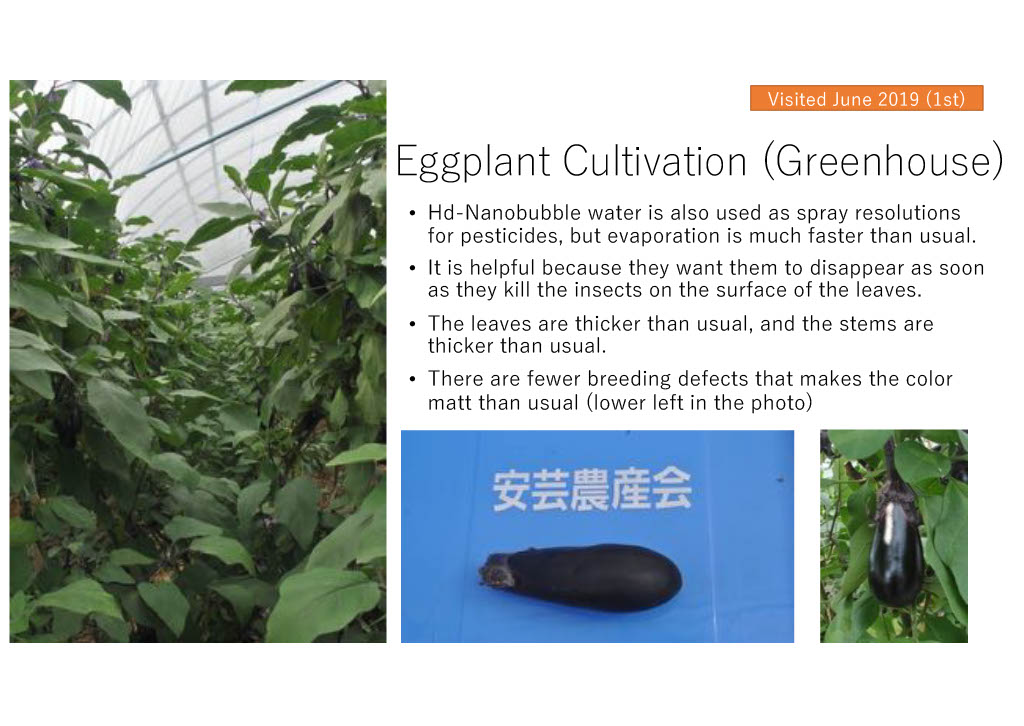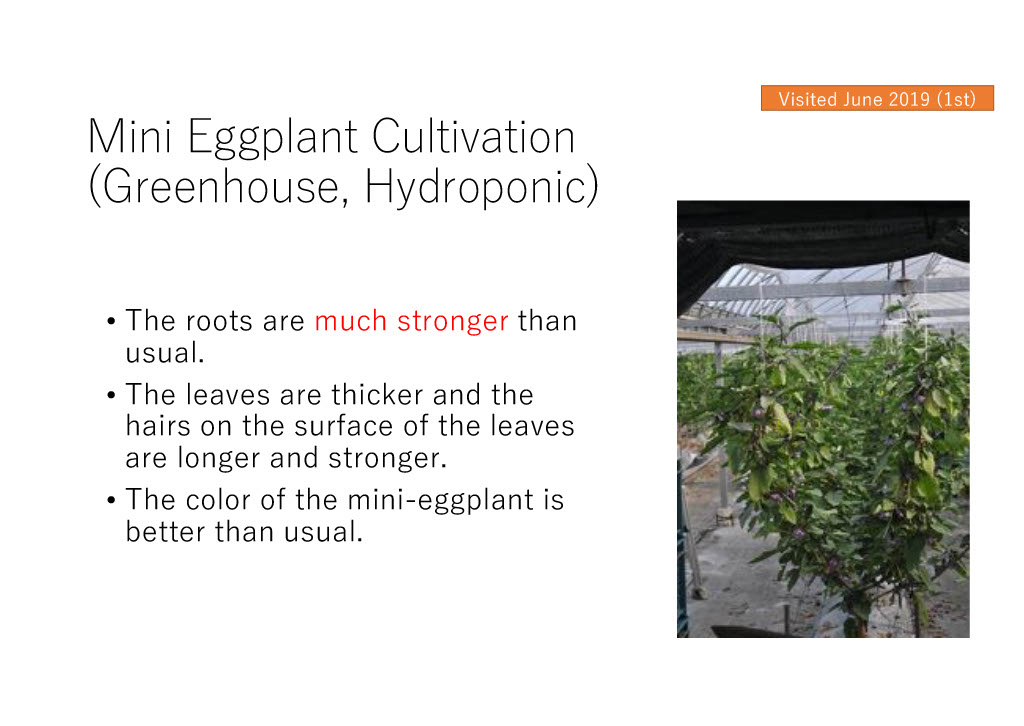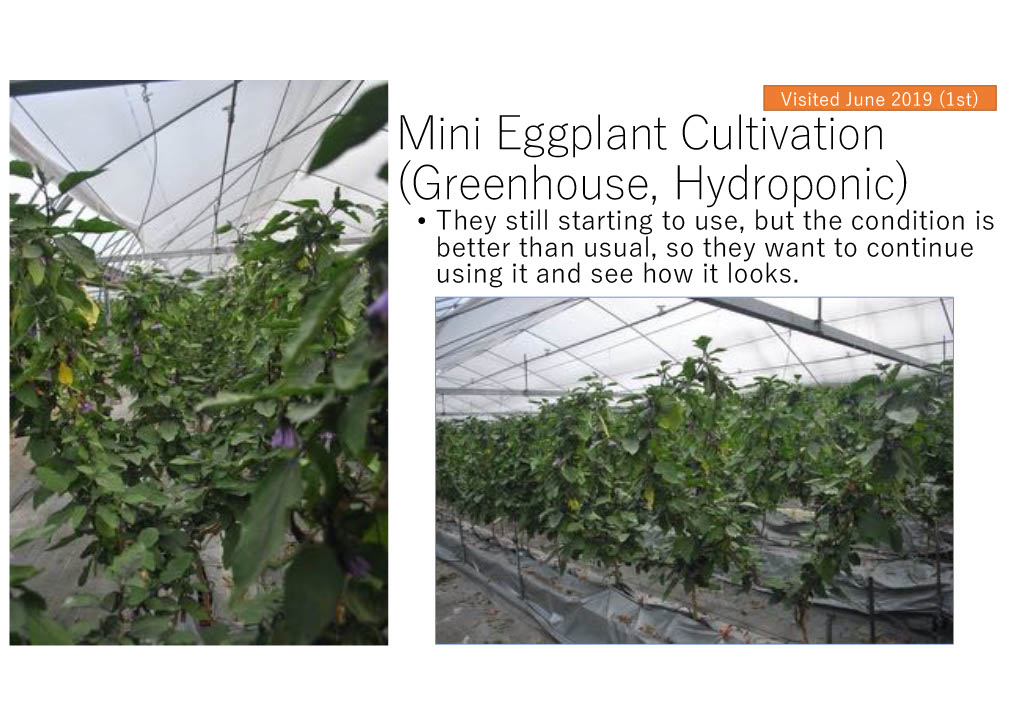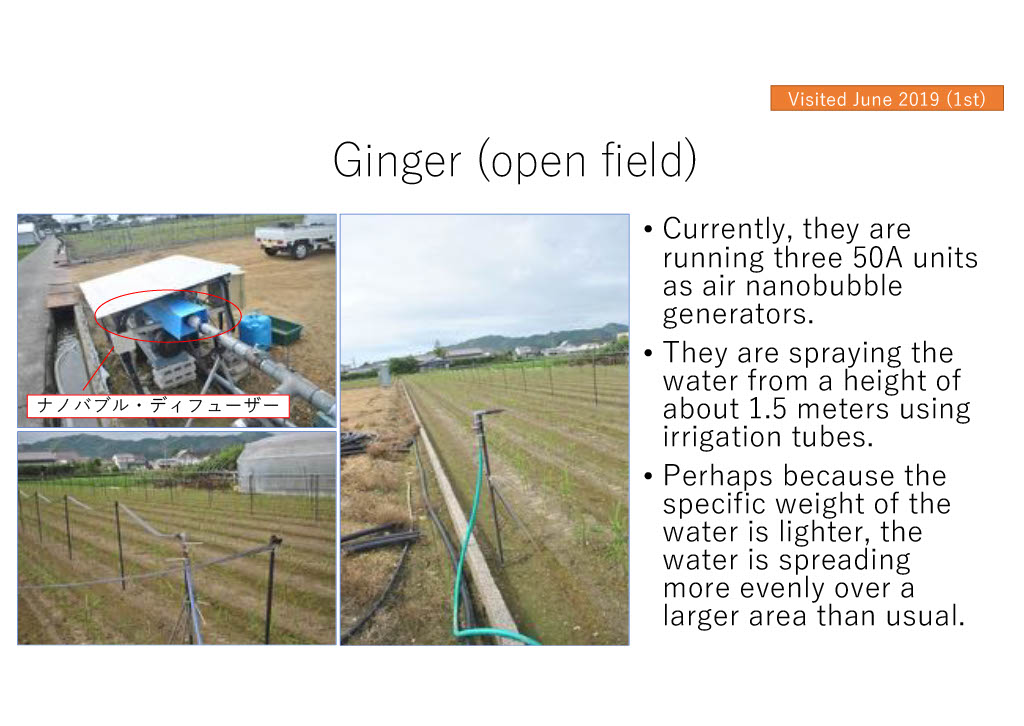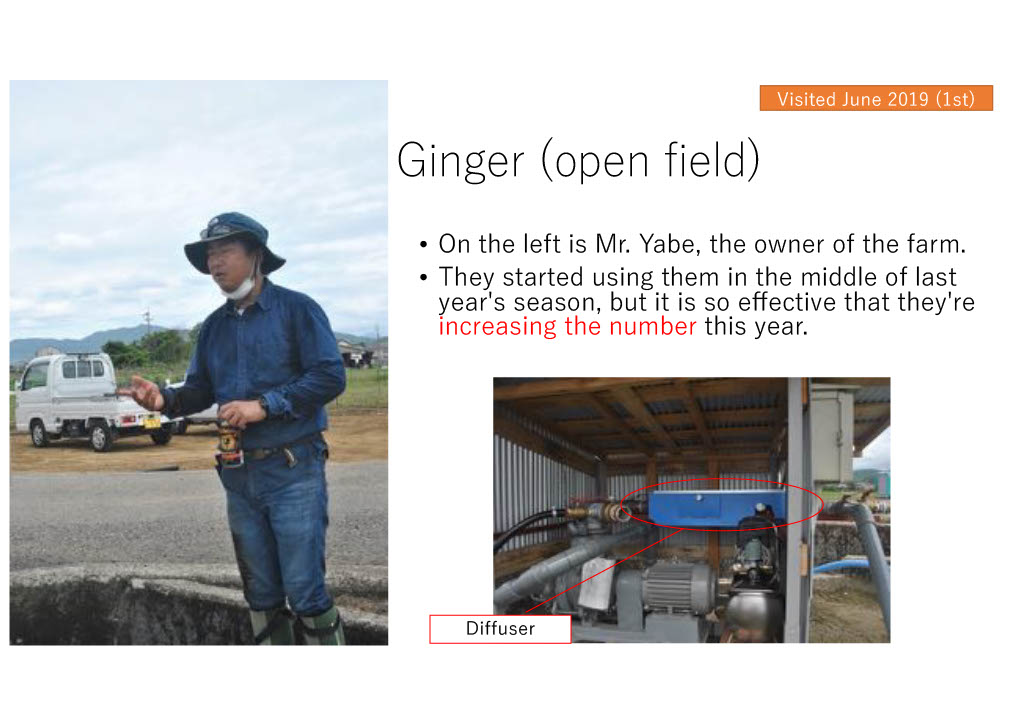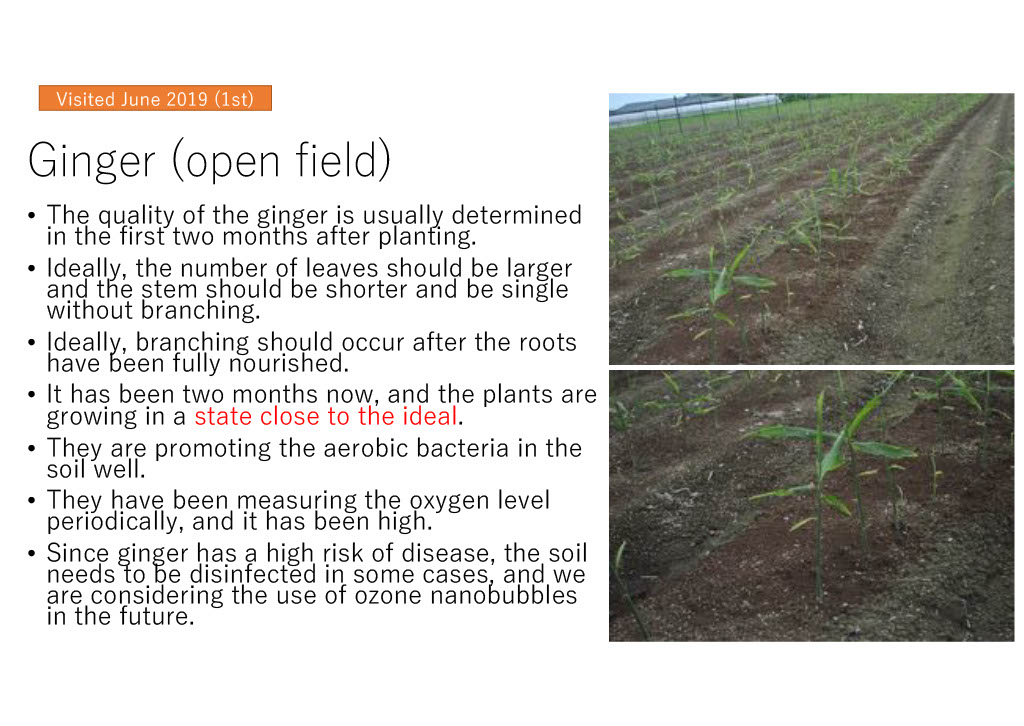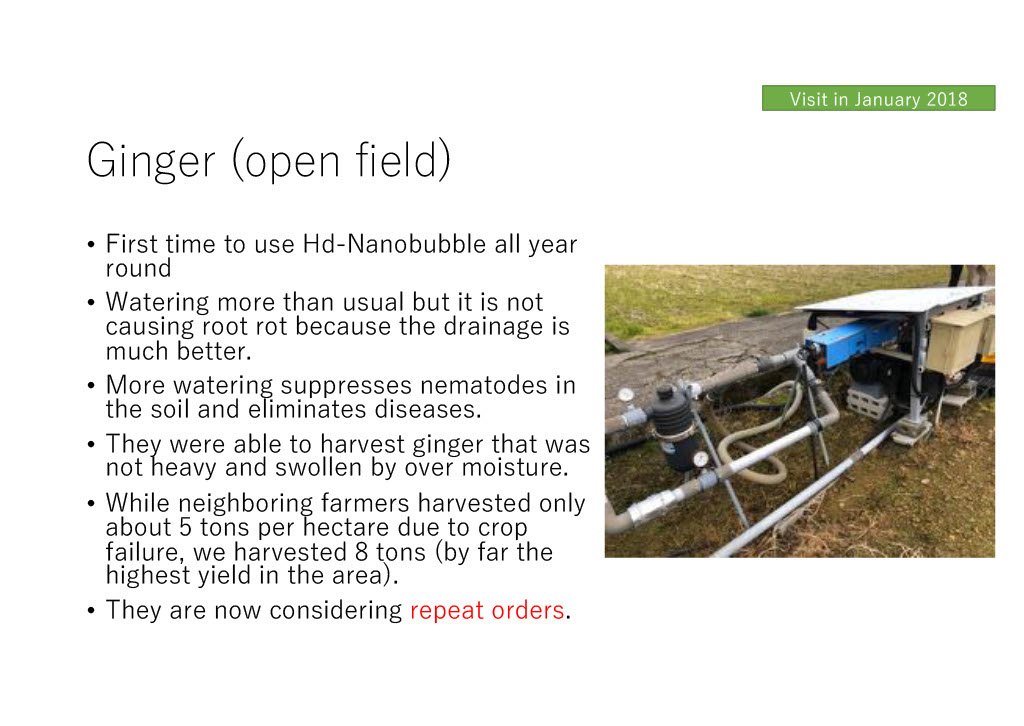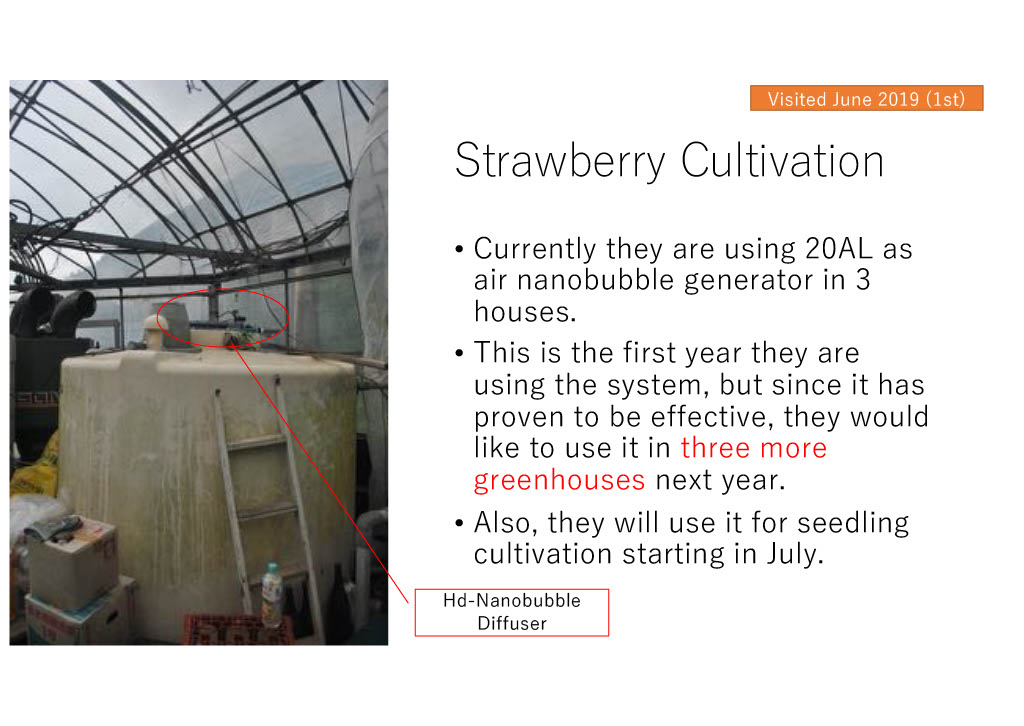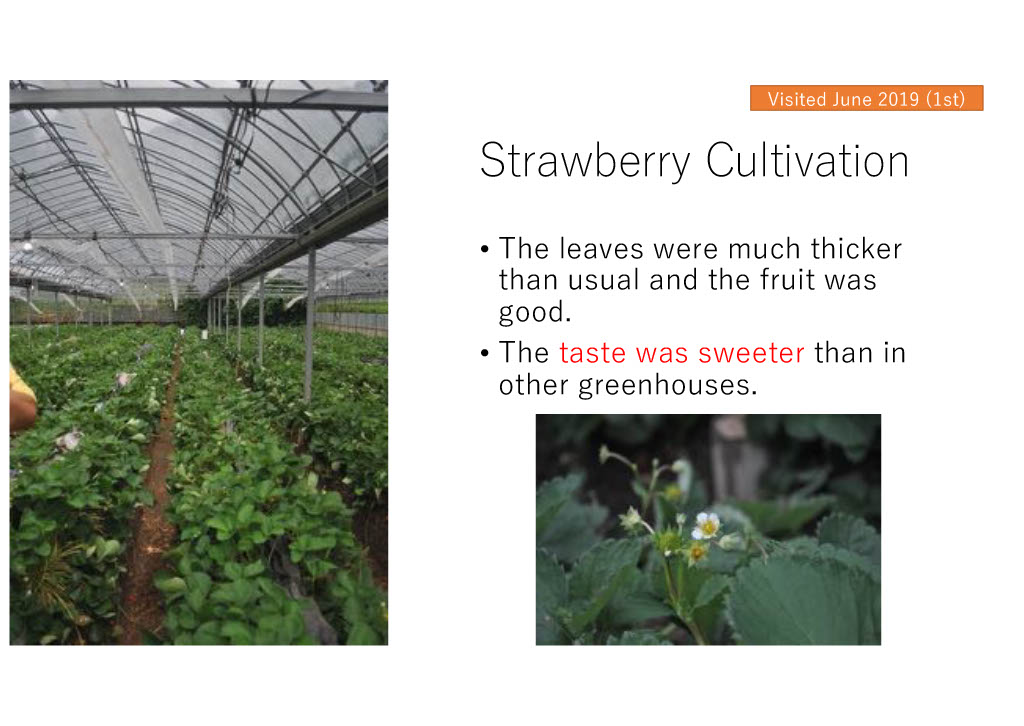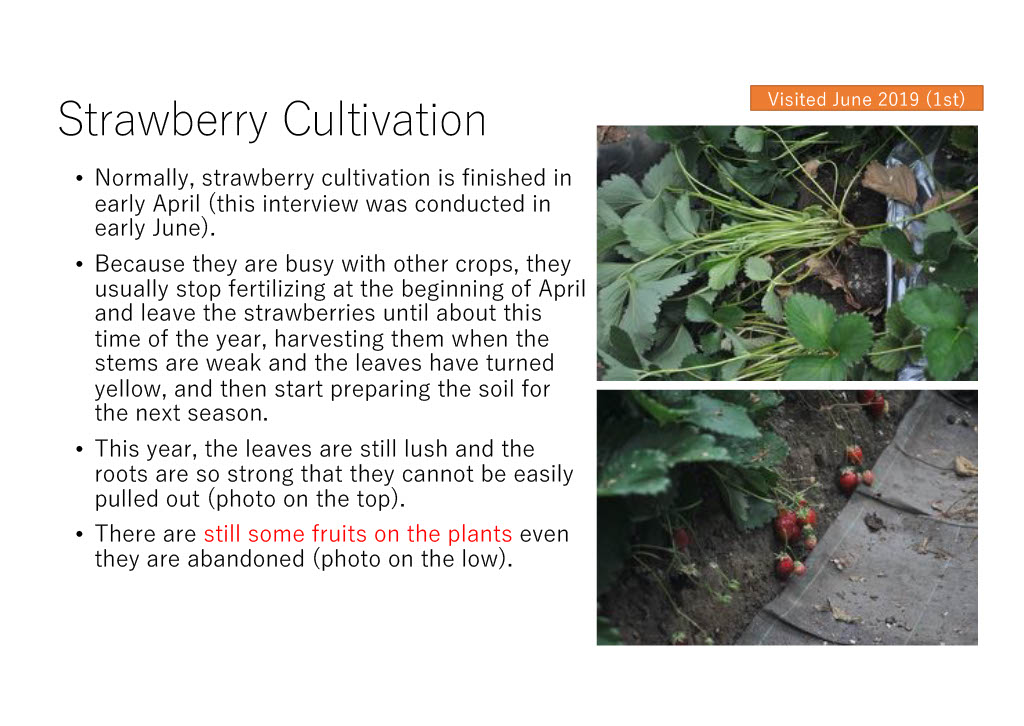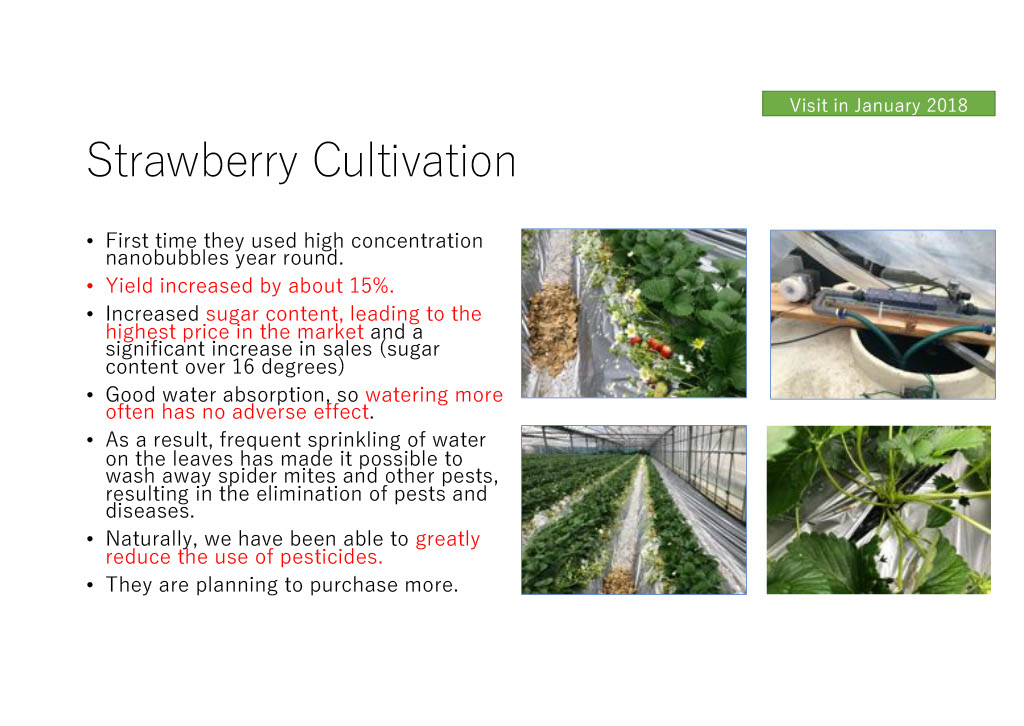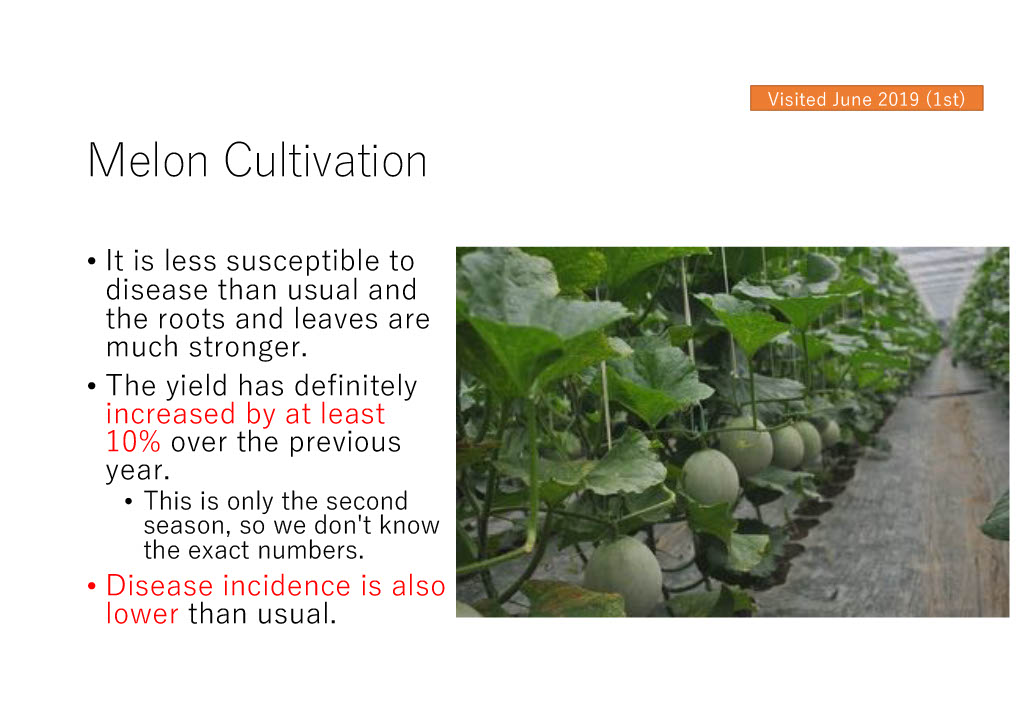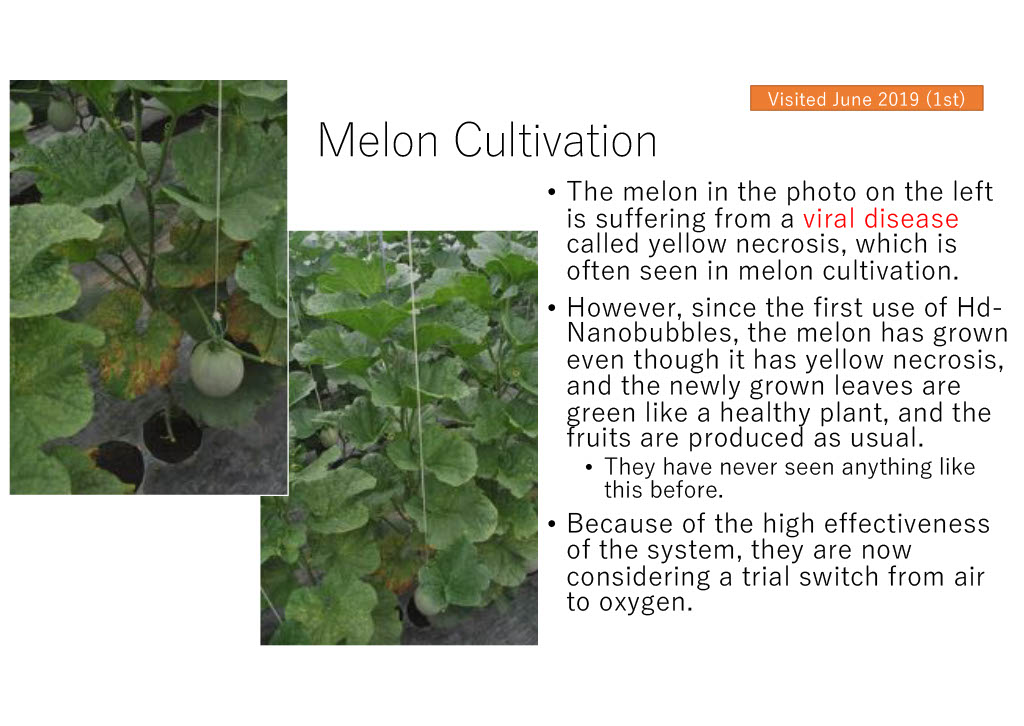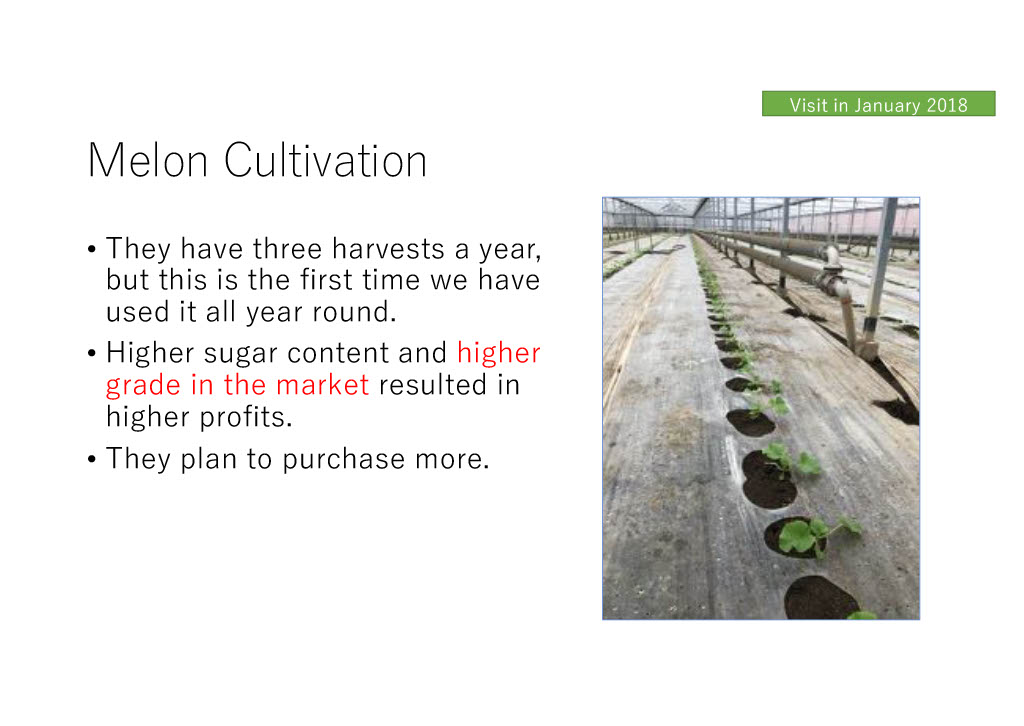Our Awareness
What's standing in the way of ”Clean Water"?
Current Situation
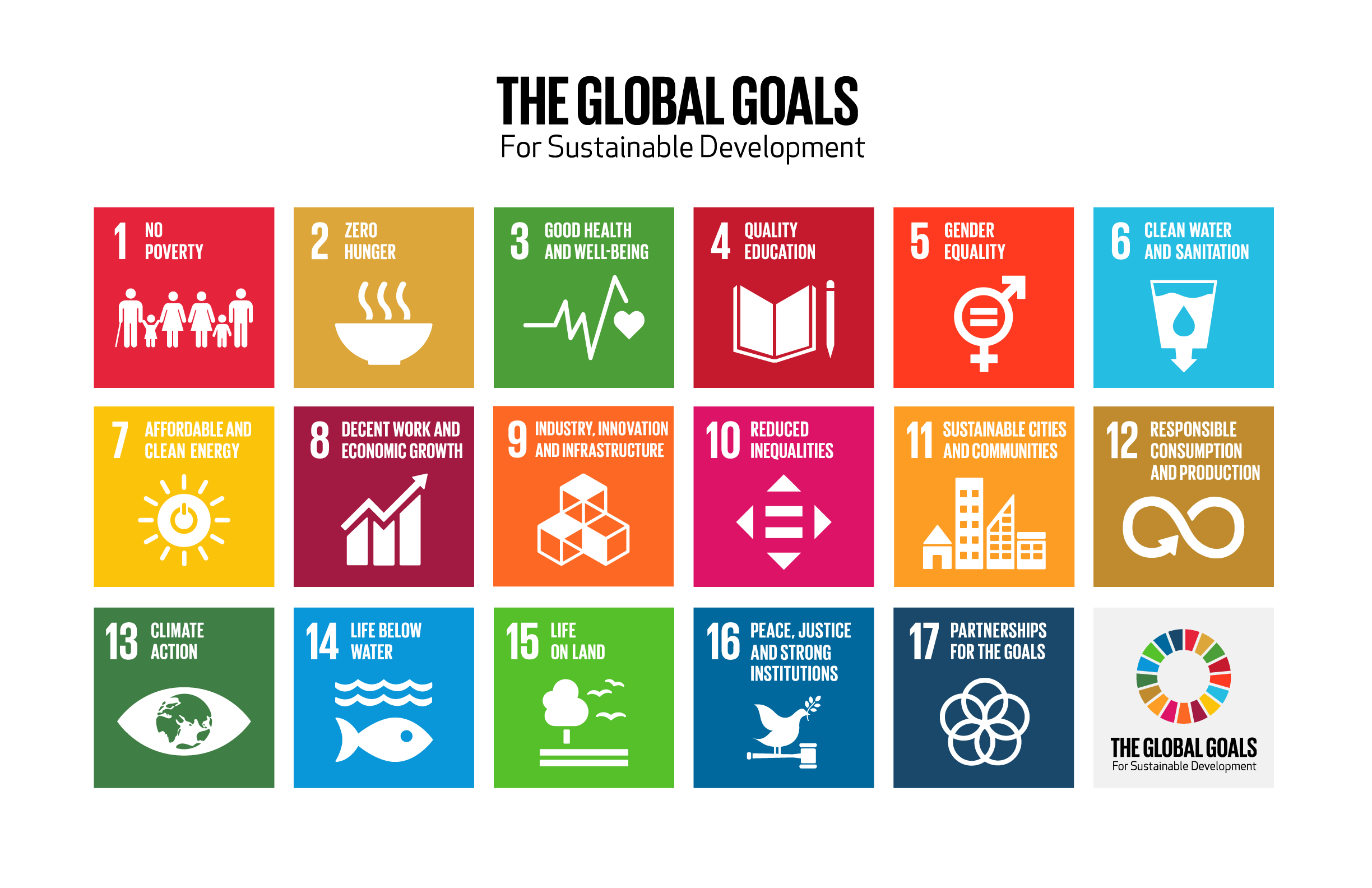
- In 1997, the Kyoto Protocol established an international framework for global warming countermeasures, and mechanisms such as the CDM* and JCM** were formulated to implement these measures.
- In recent years, the widespread advocacy of the SDGs by the United Nations has increased understanding and awareness of sustainable development.
- Two of the 17 goals are directly related to water.
- 6: “Clean Water and Sanitation”
- 14: “Life Below Water”
**JCM: Joint Credit Mechanism
There is the Mechanism for Forest
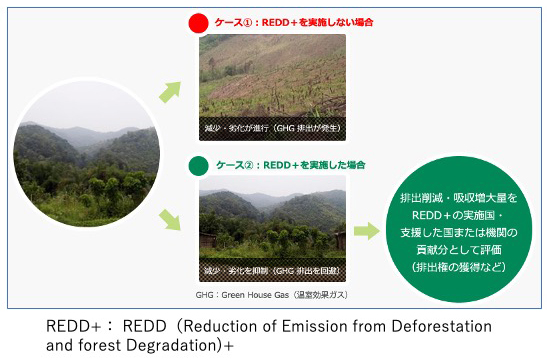
- Other mechanisms such as REDD+ have been derived as a result of the development of CDM.
- REDD+ is a mechanism that creates incentives to protect forests and earn a living, as opposed to incentives to reduce forests for economic reasons.
- It is possible to quantify the amount of greenhouse gases absorbed by the protection and cultivation of forests and convert the tonnage into carbon credits.
But, there is no mechanism for !Clean Water”...
Polluted water is the biggest source of GHG*
- The effluent we release will accumulate sludge when nature is unable to decompose it, and that sludge will produce large amounts of GHG.
- Conversely, if the water environment is sufficiently aerobic, the water will fix a lot of organic matter and CO2 as plants and animals.
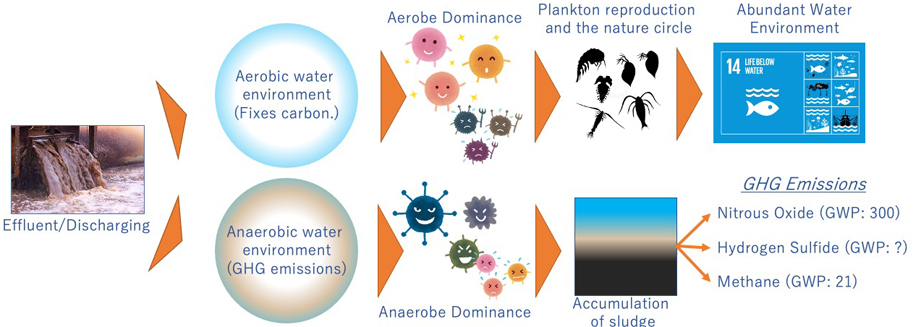
*GHG: Greenhouse Gas
The oceans is the biggest source of GHG

- On the other hand, water is both a source and a sink of GHG.
- The balance of the ocean's 90 billion tons of "ocean breath" has the potential to absorb some 7 billion tons of GHG from human activities.
- We are constantly discharging dirty water into the ocean, but the ocean's self-cleaning ability cannot keep up with this.
- Also, the total amount of biomass in the oceans continues to decline.
We believe that more measures need to be taken to improve the water environment, which is important for both combating global warming and protecting biodiversity.
Our Advocacy
Clean not Clear,is Green
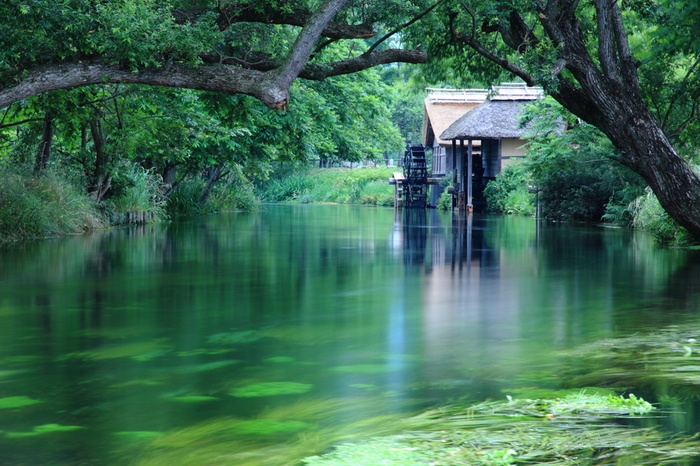
- Our goal is "Clean Water", not "Clear Water".
- In 2000, the Ariake Sea suffered a bad harvest of seaweed.
- The cause was not pollution (eutrophication), but poor nutrition.
- As a countermeasure, “Active Nutrient Management Operations”, which reduce the capacity of sewage treatment according to the season, are now in place.
- “Clear Water” is not necessarily good for the environment.
- In that sense, it is also an attempt to redefine "water quality".
- We are trying to pass on to the next generation a richer natural environment and ecosystems that support our existence.
- Clean not Clear, is Green!!
Definition of “Clean Water”
- The problem is that nature don't have enough oxygen to process the organic matter we mix with the water through our activities.
- With a little help to nature, we can restore the power of nature's broken cycles.
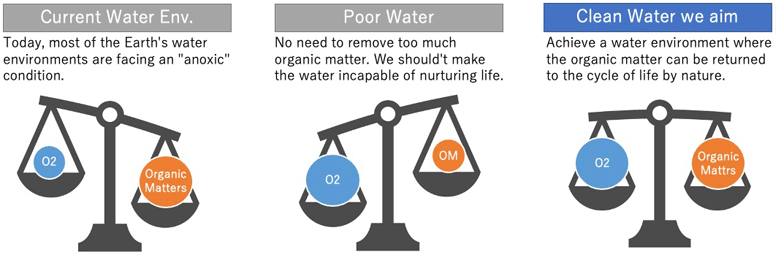
Actions We Take
- We will quantify the positive impact of clean water on global warming countermeasures and develop and register a "Methodology" for the development mechanisms such as CDM and JCM.
- The social implementation of the ”Clean Water Mechanism" will enable many countries, companies and individuals to make a significant contribution to combating global warming by improving the water environment.

【FYI】 Methodology
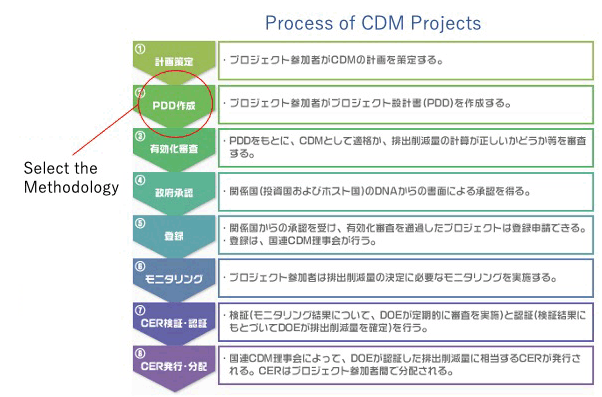
- Each mechanism, such as the CDM, has a registered methodology, and the project developer is required to select that methodology and include it in the project registration.
- The methodologies and criteria for calculating GHG reduction effects are specified therein.
- Because of the enormous amount of time and effort required to develop new methodologies, new methodologies are rarely created.
- In reality, mechanism-based activities are constrained by methodologies.

Here is an example of a methodology that is actually registered with the CDM and a page view of documentation.
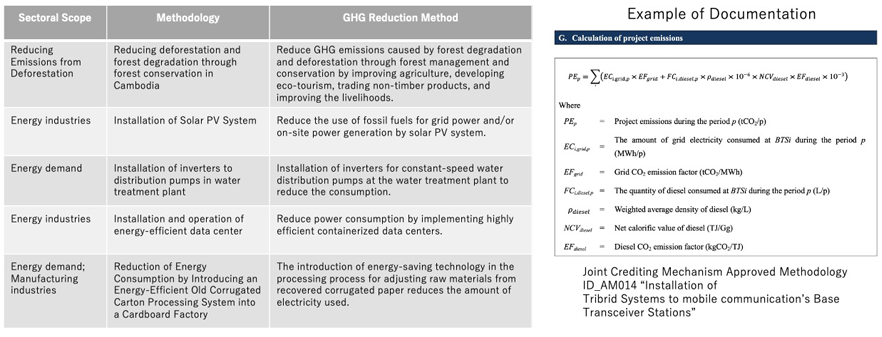
The future we will pass on...
- As I defined in the previously, what we call "clean water" is "water that is good for nature".
- For example, even eutrophilic water can be clean if we can make the water aerobic with a minimum energy, and it creates a good environment for living things to live in.
- If our efforts are widely implemented in society, we can create a world in which "the more densely populated an area is, the richer the ocean will be".

New businesses will be generated
- The company specializing in "clean water" will be created to sell the carbon credits created by creating a "clean water environment".
- The best technology, people, products, intellectual property, and all the resources of the business community will be used to protect the water environment.

Possible Methodologies
Here are some methodological ideas currently being envisioned as examples.
Methodology-1:Improvement of treated effluent

- There is regulations but conversely, there is absolutely no incentive to make wastewater cleaner any more than that.
- We create an incentive to make wastewater below the emission limits.We create an incentive to make wastewater below the emission limits.
- To do this, we need to scientifically test the effect of lowering BOD, COD, phosphorus, nitrogen, and other values on the GHG reduction.
- This would theoretically make it possible to subject it to cap and trade.
- For corporates that exceed the CO2 emission limits, the corporates that reduce a lot can transfer the excess reductions to the corporate that exceed the CO2 emission limits.

Methodology-2: High DO* levels in the treated effluent
- This is a methodology to be combined with Methodology-1 (Improvement of treated effluent), not to be used alone.
- Even if there is a lot of organic matter expressed as BOD/COD, etc., if there is sufficient oxygen, it can be decomposed by aerobic bacteria.
- If it becomes an aerobic environment, it will lead to the suppression of the generation of methane gas, and can contribute greatly to the reduction of GHGs.
- Water quality regulations have a "subtraction" value that can lower the amount of pollutants, but not an "addition" value.
- If there is a DO value in the water quality standards, it can be an incentive to add O2 to wastewater.
- In addition, some high-efficiency aeration technologies have been developed in recent years to make aerobic environment, and the efficiency of trapping a gas into the water (GTE, Gas Transfer Efficiency) should be defined as an objective criterion for assessing its ability to do so.

【FYI】 Gas Transfer Efficiency (GTE)
- If you plan a project to maintain high DO values in the effluent, you need to properly evaluate the performance of your aeration system.
- However, there is no global standard of measurement for GTE, which is an important indicator of performance, and therefore it is currently not possible to accurately compare its performance.
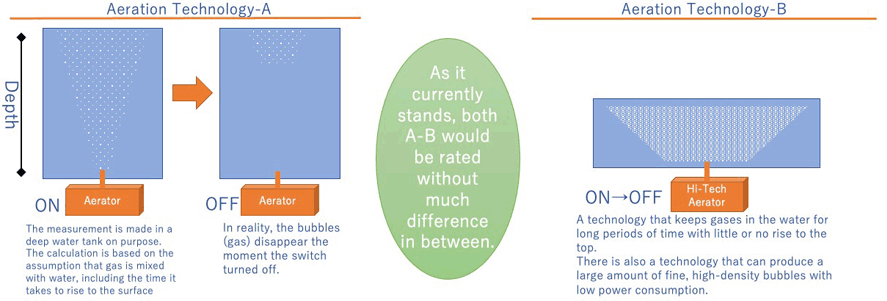
Methodology-3: Creating an aerobic environment at a sewage transfer station
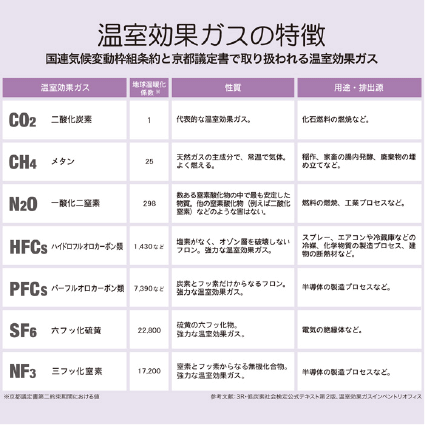
- Currently, some of them are being tested by Kansei Kogyo (with published papers).
- There are several thousand sewage relay pumping stations across Japan alone.
- Pumping stations cease to flow at night, during which time they emit large amounts of nitrous oxide, methane, and hydrogen sulfide (H2S) (H2S isn’t registered GHG).
- The H2S corrodes and damage facilities such as pipelines.
- By O2 aerating the pumping station with Hyperdense-Nanobubble at night, the generation of GHGs is suppressed.
- Furthermore, it has the advantage of extending the life of pumping station facilities and reducing the burden of treatment plant, which makes it easy to create commercial incentives.

Methodology-4: Fixation of CO2 by algae
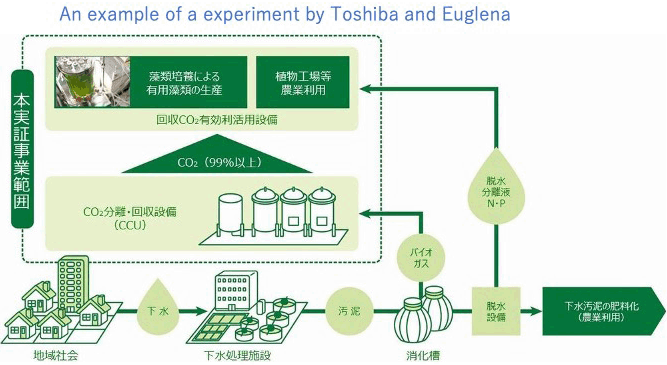
- Algae, which absorb CO2 and generate oxygen during the growth process, is an extremely effective means of fixing organic matter in wastewater.
- Research into extracting petroleum fuels from algae is underway, but it is not currently being considered as a target because of the high investment costs and lack of commercial success.
- The advantage of this methodology is that the industrial CO2 that has already been produced can be used, and the nitrogen and phosphorus in the water can be recovered efficiently.

Methodologyー5: Biotope

- The advantage of biotopes is that the final effluent can be further purified by nature and the biodiversity can be protected.
- The treated wastewater, which is rich in organic matter, can be used to fix GHGs as living organisms.
- Attempts to create biotopes adjacent to sewage treatment plants are also gaining ground.
- Disadvantage is the possibility of generating methane due to anaerobic environment.
- Biotopes are also a source of methane, so we also need to aerate the water with high efficiency aeration, such as Hyperdense Nanobubble
- Although the amount of GHG absorption might be limited, we believe that additional mechanisms for trade-offs with production activities are also worth considering because of their high effectiveness in biodiversity protection.

Methodology-6: Environmental Rehabilitation/Protection
- In recent years, Hyperdense-Nanobubble generation that operate at extremely low power consumption have begun to spread.
- Using these high-efficiency aeration technologies, experiments have been conducted at the Imperial Palace, Hakkeijima, Lake Suwa and other locations to demonstrate environmental restoration, and have produced significant results.
- While these activities may be valuable in terms of preserving the natural environment, they do not currently generate any money.
- If the effects of these activities are studied and quantitatively evaluated, it will pave the way for the implementation and continuation of these activities as carbon offsetting projects by the government and companies.


【FYI】 The potential of dams and hydropower

- Kotaro Takemura, former director general of the Ministry of Land, Infrastructure, Transport and Tourism (MLIT), is leading the effort to turn all dams into power plants.
- Japan is a treasure trove of position energy from water due to the extreme gaps in elevation.
- The idea is that if all dams are equipped with power generator (technically possible), Japan's energy self-sufficiency rate, which is too low, and its energy security can be improved largely.
- This means that there will be a lot of surplus power at night if it is realized.
- At night, algae photosynthesis stops and the water becomes oxygen-poor, the surplus power can be used to aerate the water and generate carbon credits.
- It creates a commercial and economic cycles as well.
Methodology-7: Aerobification of paddy irrigation water
- With a global warming potential (GWP) of more than 20 times that of CO2, paddy fields produce 11% of all methane gas produced.
- This is due to methane-producing bacteria that thrive in an anaerobic environment.
- The latest research shows that the diversity of aerobic bacteria in the soil has a significant impact on the quality of the harvest.
- Creating an aerobic environment in paddy fields can not only significantly reduce the production of methane gas, but also make a significant contribution to the conservation of biodiversity.
- It can also be expected to have economic benefits such as increased yields.
- It can also be operated through the effective use of renewable energy and surplus electricity.
- It can also be implemented over a wide area with minimal investment in equipment by making the water source of irrigation dams and other water sources more aerobic.
- A demonstration experiment using Hyperdense-Nanobubbles is currently scheduled to be conducted in Niigata Prefecture.

Methodology-8: Carbon offset aquaculture

- It is very important for human beings to have a stable source of protein.
- However, not only does livestock farming (especially cattle and sheep) produce huge amounts of GHGs, but also a lot of forests are cut down to make space for the grasses that feed the animals.
- It also requires large amounts of water and releases large amounts of wastewater during the farming and processing processes.
- Oysters have a very low environmental impact, and they also aggregate and fix organic matter in the water.
- They also fix large quantities of CO2 in seawater by synthesizing it with calcium to form shells.
- Replacing the protein source from livestock products with oysters reduces GHGs in large quantities.
- The key to expanding oyster farming in a sustainable manner is to create a water environment suitable for oyster farming.
- Use of steel slag, forestation and fishery reef building
- Creating an aerobic water environment (preventing red tide and growth promotion)
- If there was a system to offset the environmental impact of livestock farming by spending/investing on oyster farming, it would help steer us toward consumption of protein sources with a lower environmental impact.

Methodology-9: Recovery of refractory driftage
- These activities include so-called "beach cleaning" activities, and I think they are also very effective as Bonding Activities to educate people about the Clean Water Mechanism.
- Plastic takes a very long time to decompose by microorganisms.
- The latest research shows that methane gas is produced during the degradation of polyethylene.
- By chemically estimating the total amount of microbial resources required to decompose plastic waste, we can calculate the resources that would normally be used to decompose other organic materials and quantify the contribution from recovery.

What we ask you...
To Archive Clean Water Mechanism

- The Clean Water Initiative is not a group of people trying to collect credit for their own work.
- It is a group that focuses on the mission of "social implementation of the Clean Water Mechanism".
- We work not only in Japan, but also around the world, collaborating with all kinds of organizations and individuals, both domestic and international, to share resources and give back to society.

Endorsers
So far we have 12 very prominent endorsers and counting.
- Dr. Tokio Okino: Shinsyu University, Emeritus Professor
- Dr. Tamiji Yamamoto: Hiroshima University, Emeritus Professor
- Dr. Futaba Kazama: Yamanashi University, Professor
- Dr. Itsuki Kamei: Yamanashi University, Professor
- Dr. Satoshi Ishikawa: Tokai University, Professor
- Mr. Junji Hashimoto: AquaSphere, President
- Dr. Masami Nakagawa: Kyusyu University, Professor
- Dr. Saburo Matsui: Kyoto University, Emeritus Professor
- Dr. Nagamitsu Maie: Kitasato University, Professor
- Mr. Kazunari Yokoyama: DGC Technology Inc., President
- Mr. Takeshi Oohira: Japan Micro-Nano Bubble Society Corporation, Chairman
- Dr. Ikuo Hirano: Tokyo University of Marine Science and Technology, Professor
Founder: Satoshi Anzai
